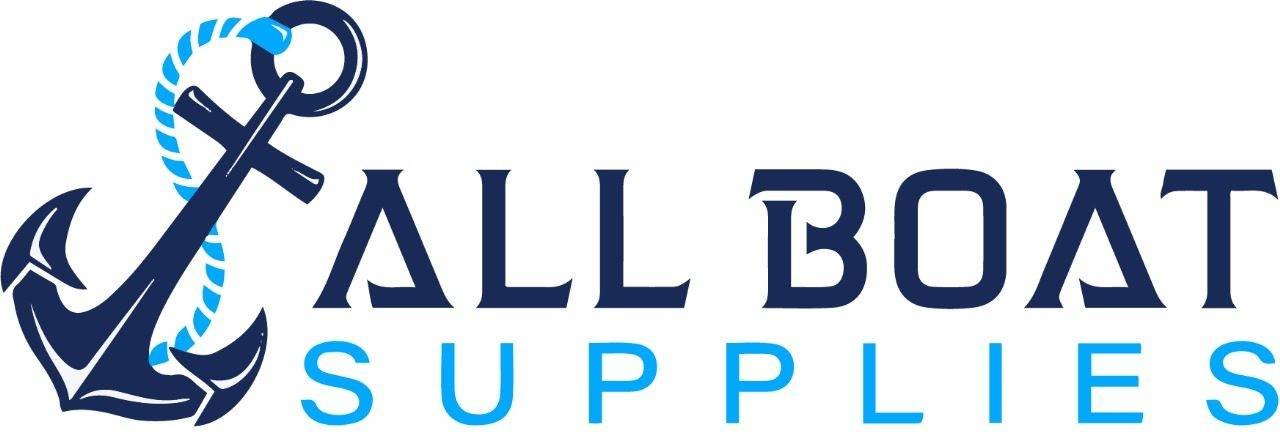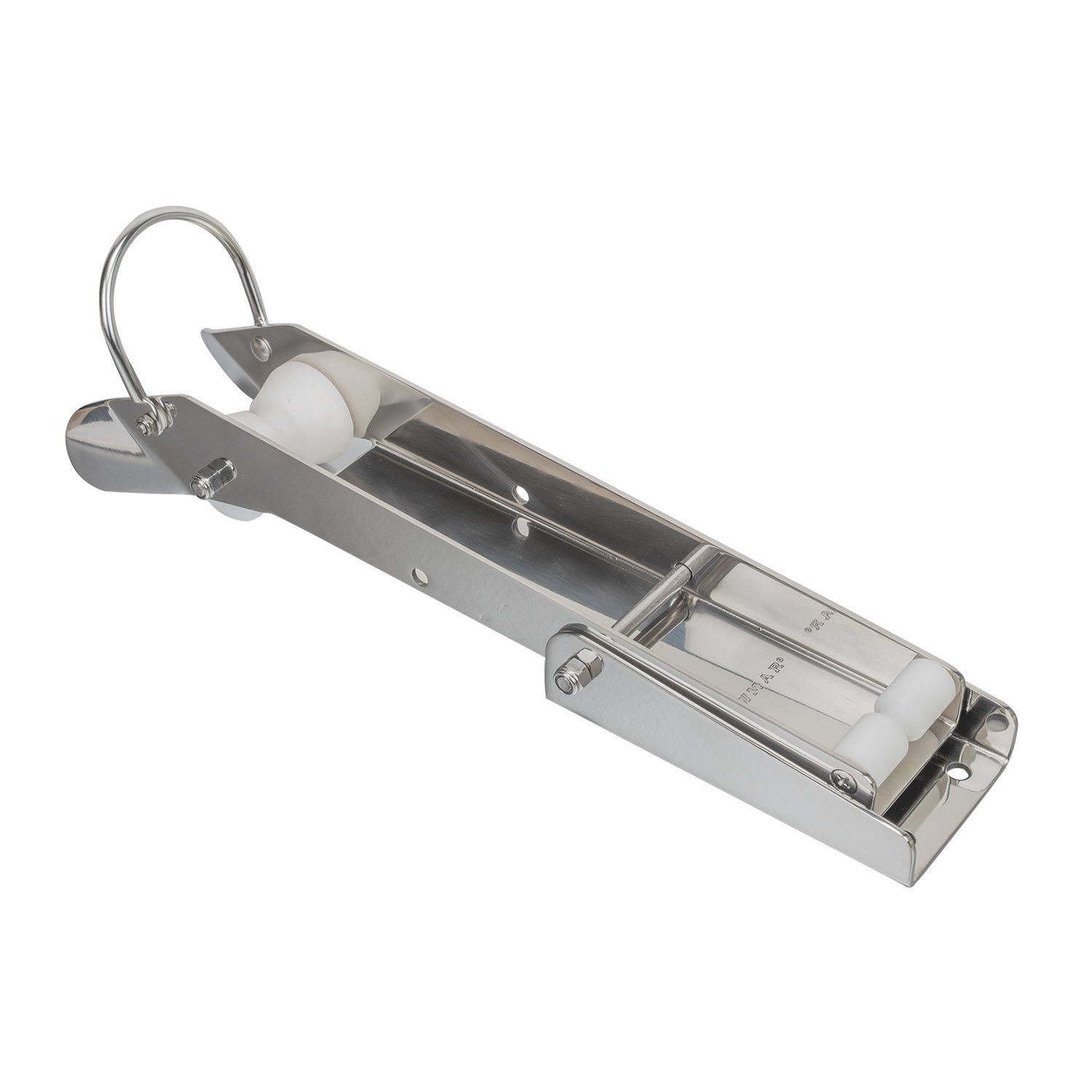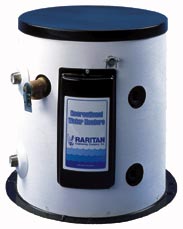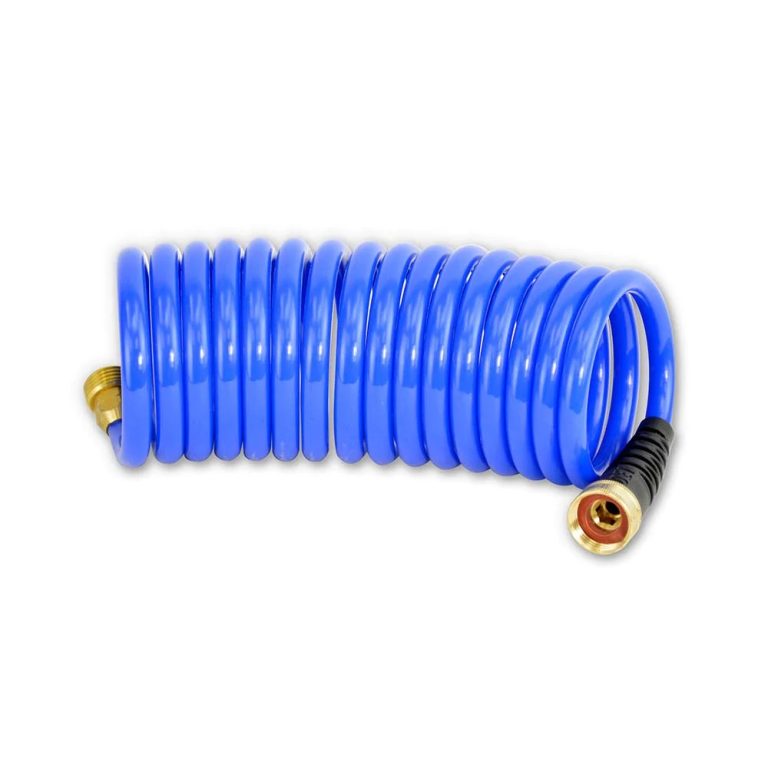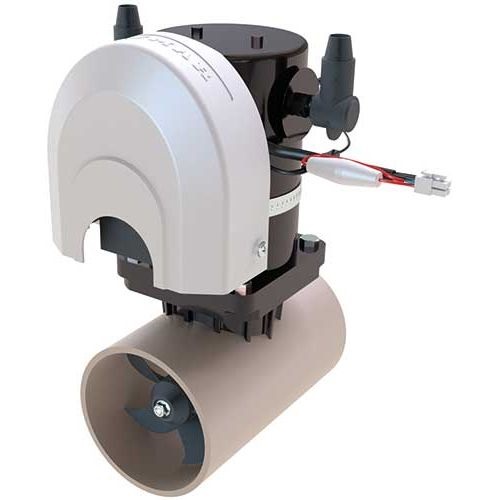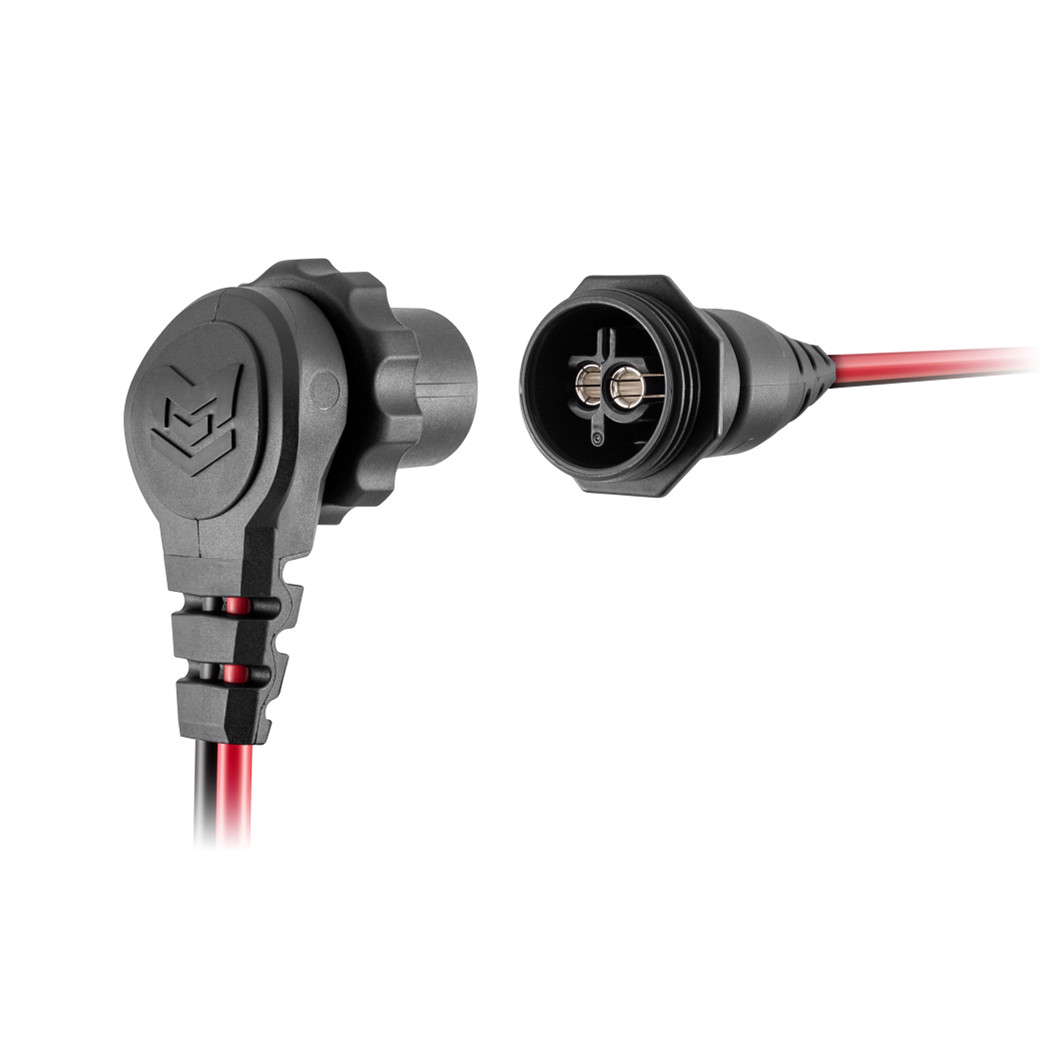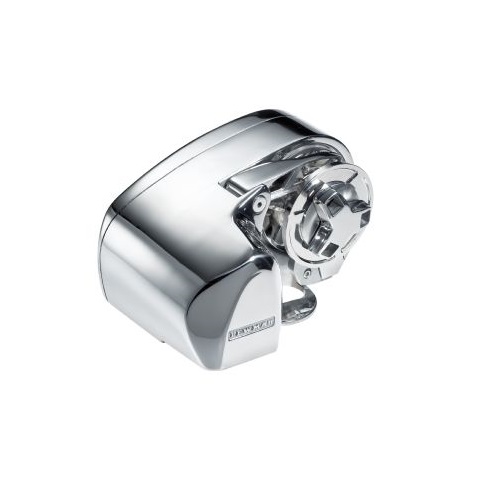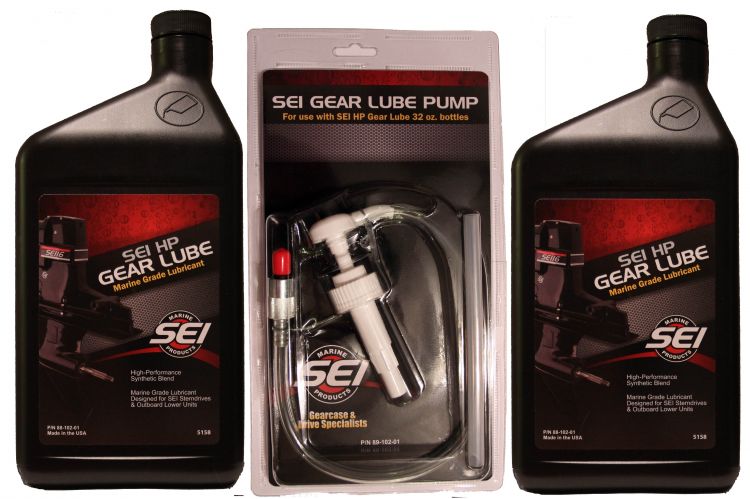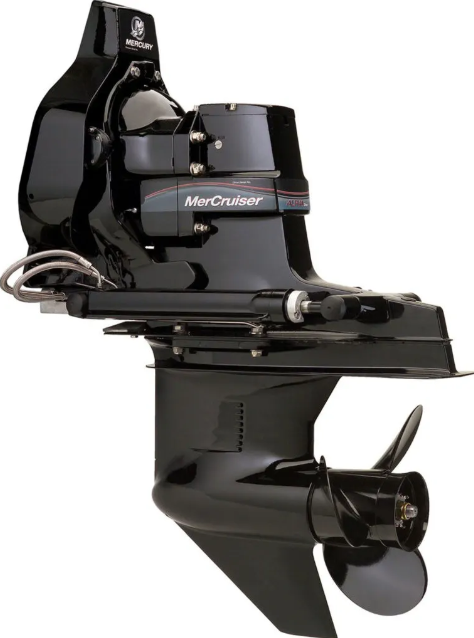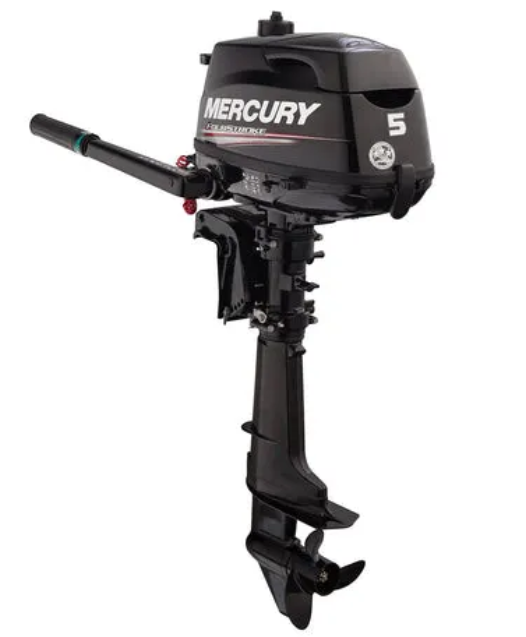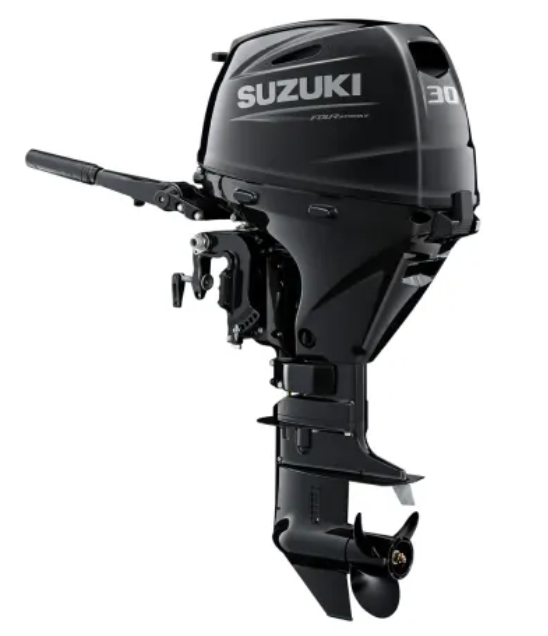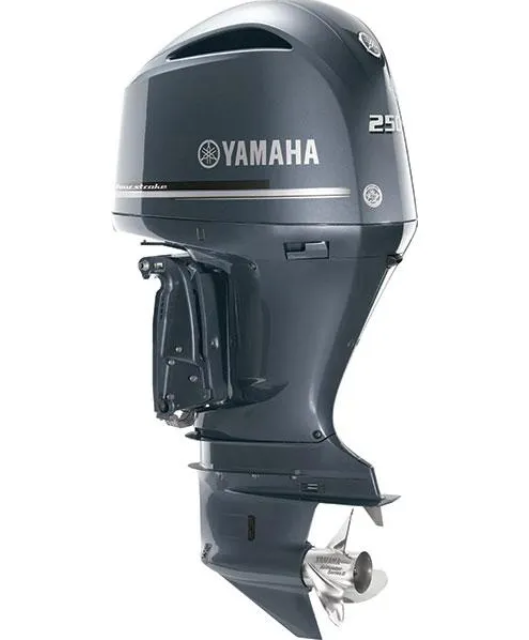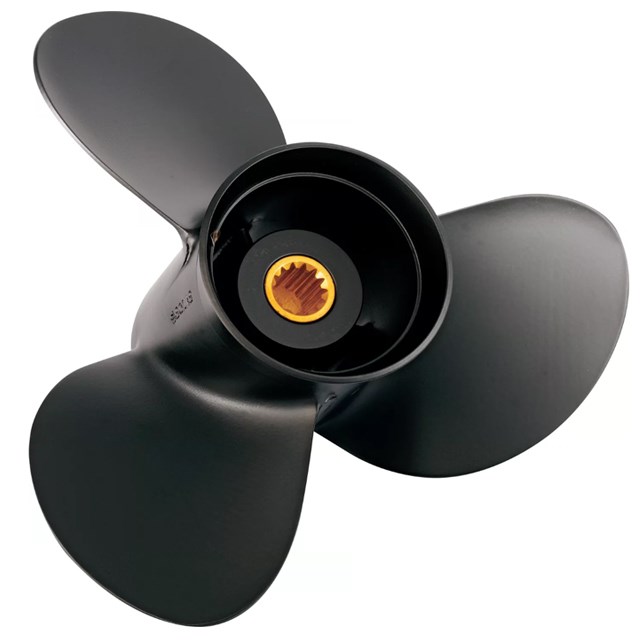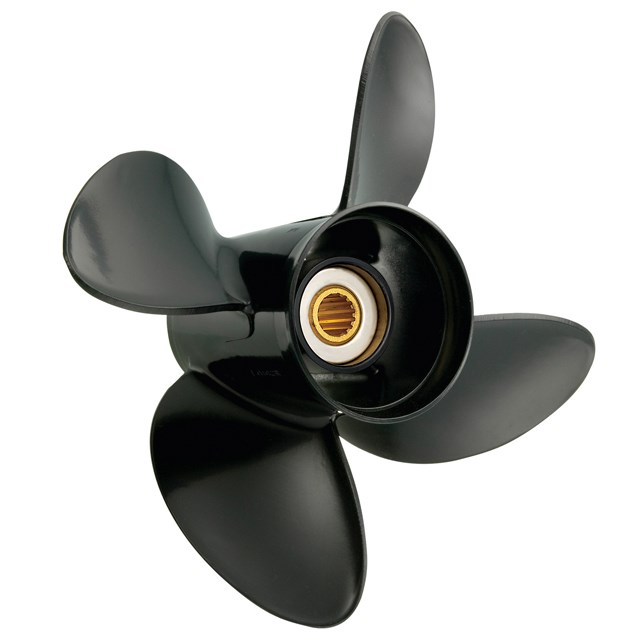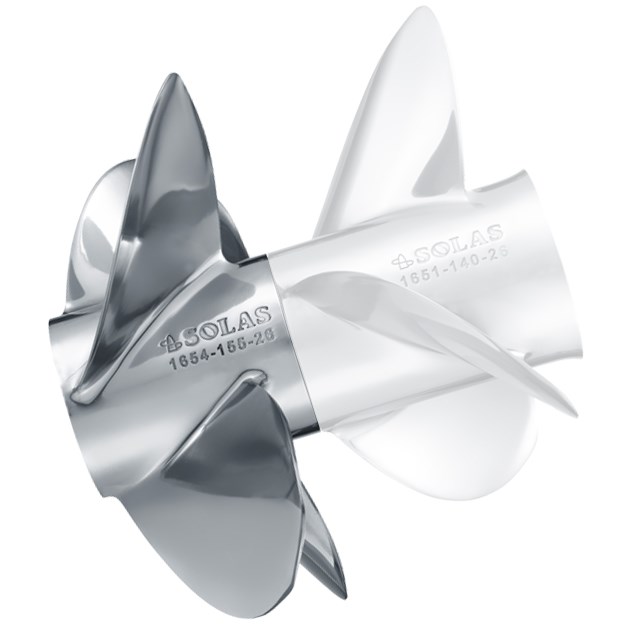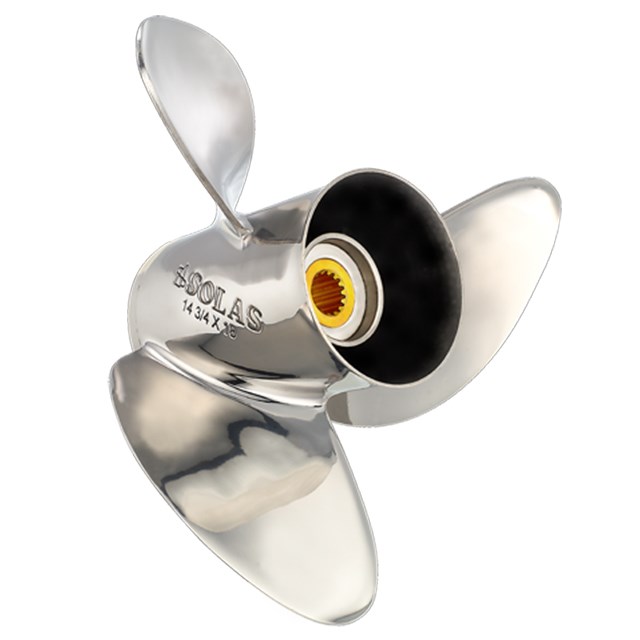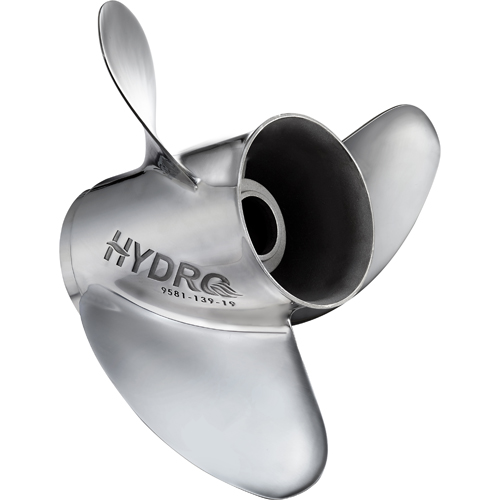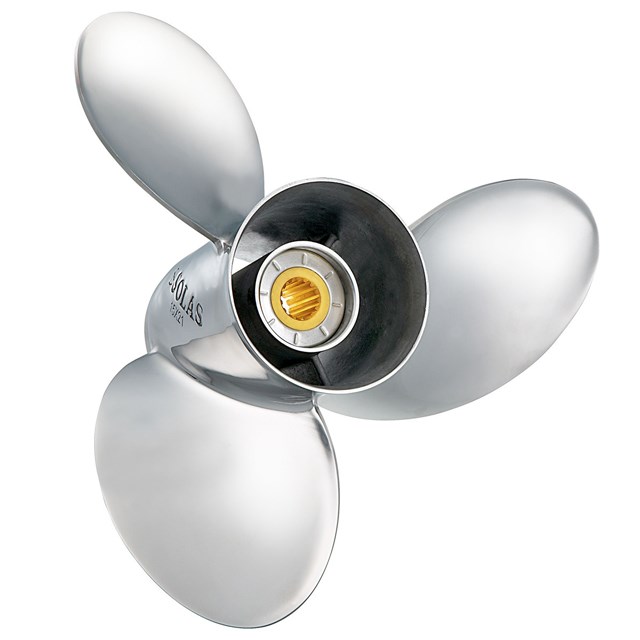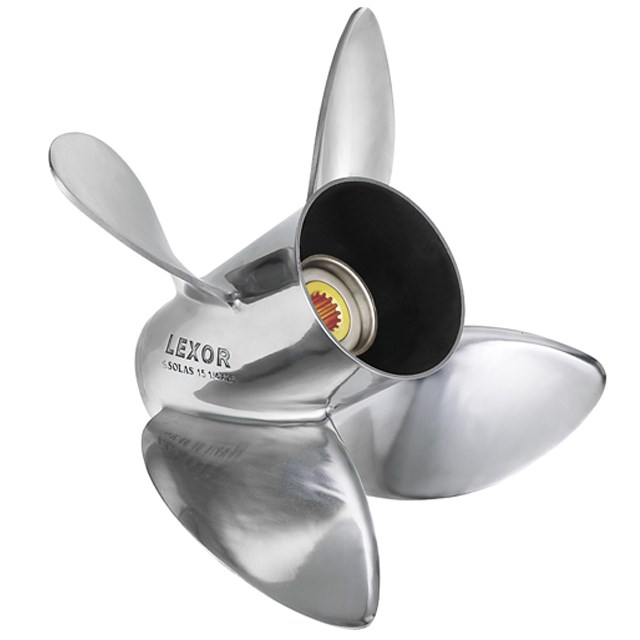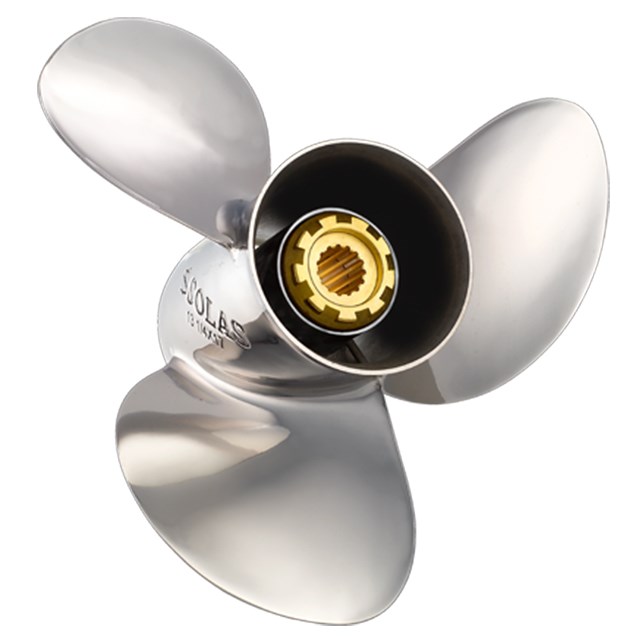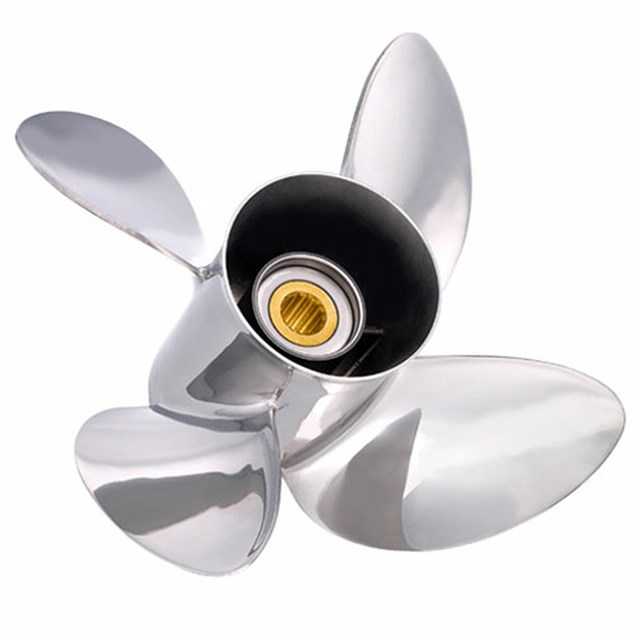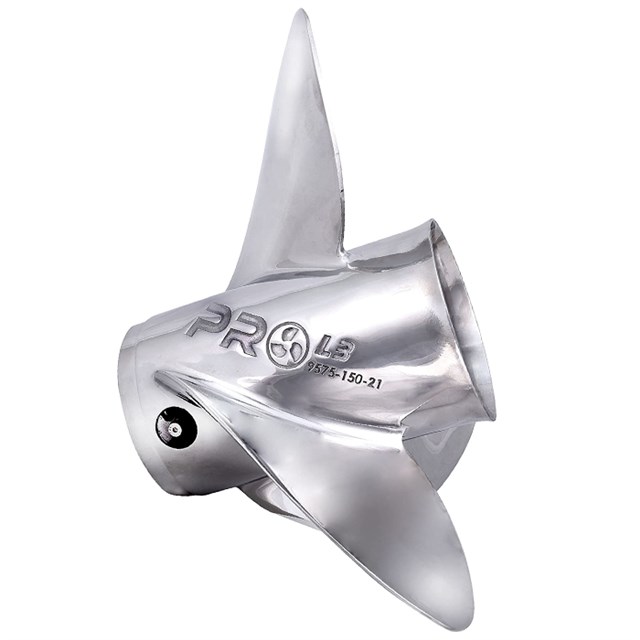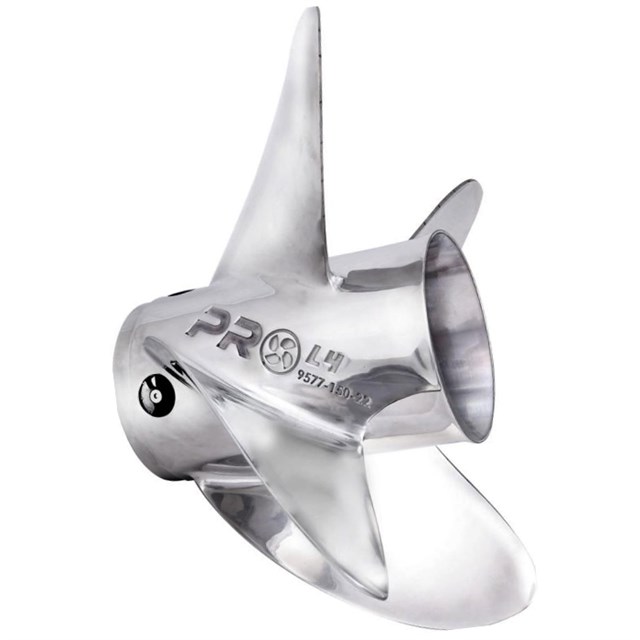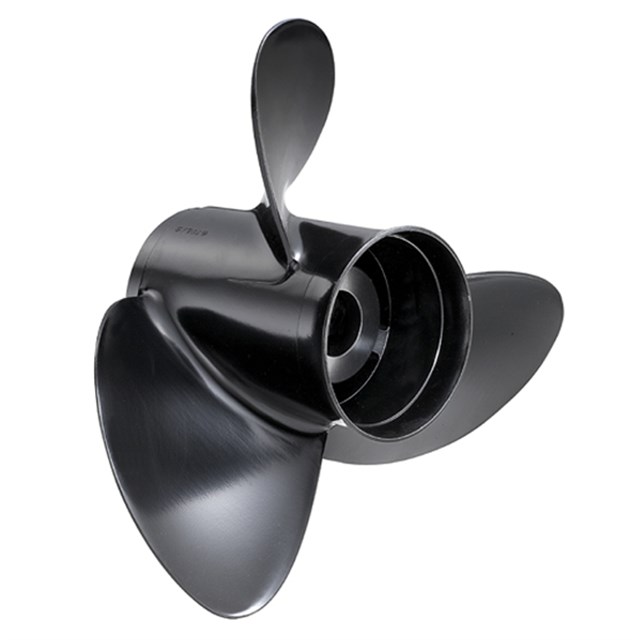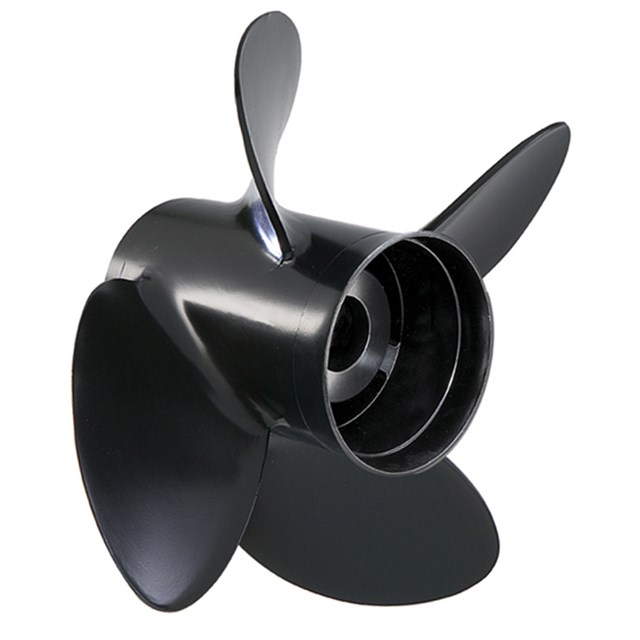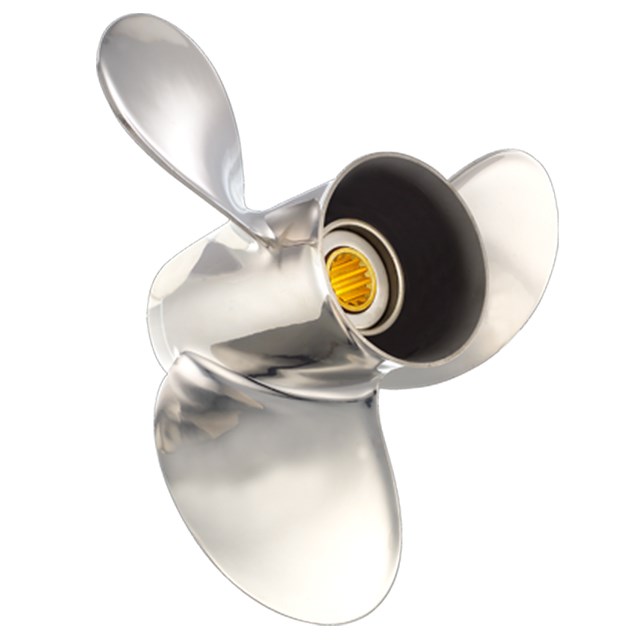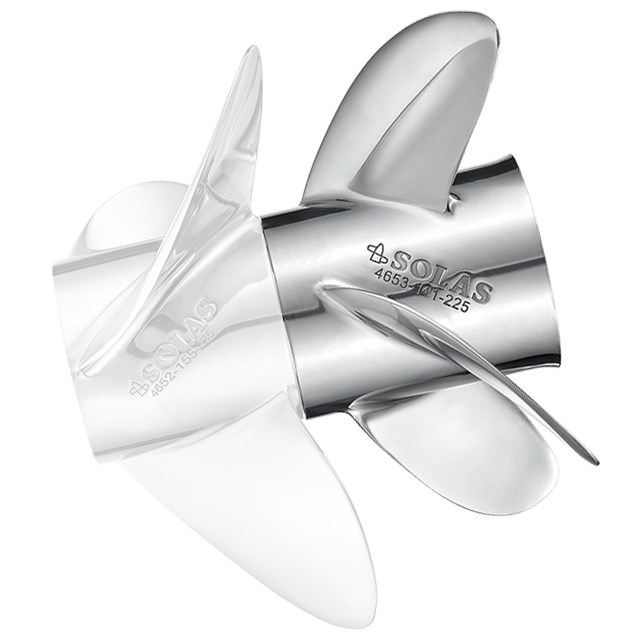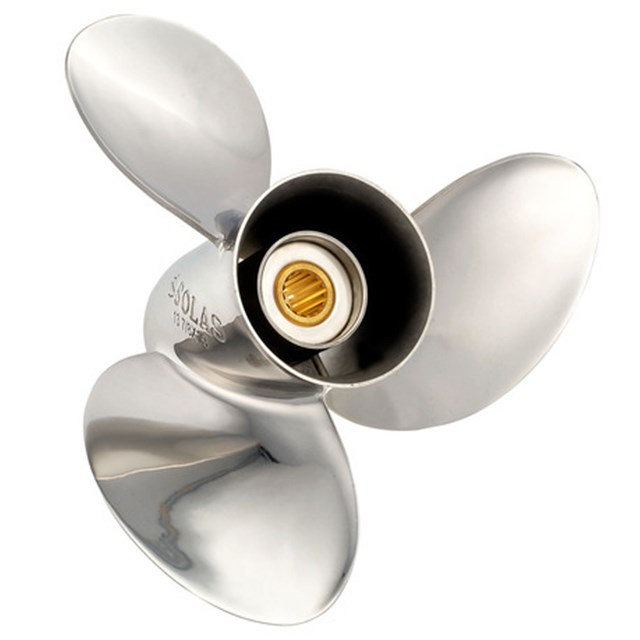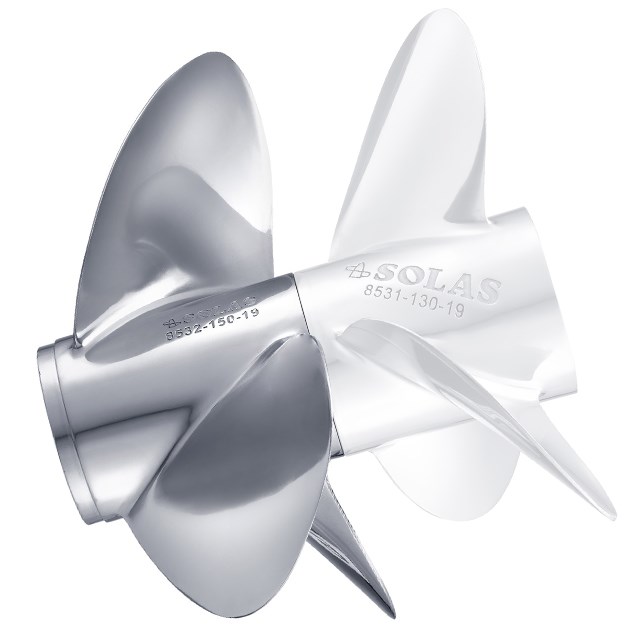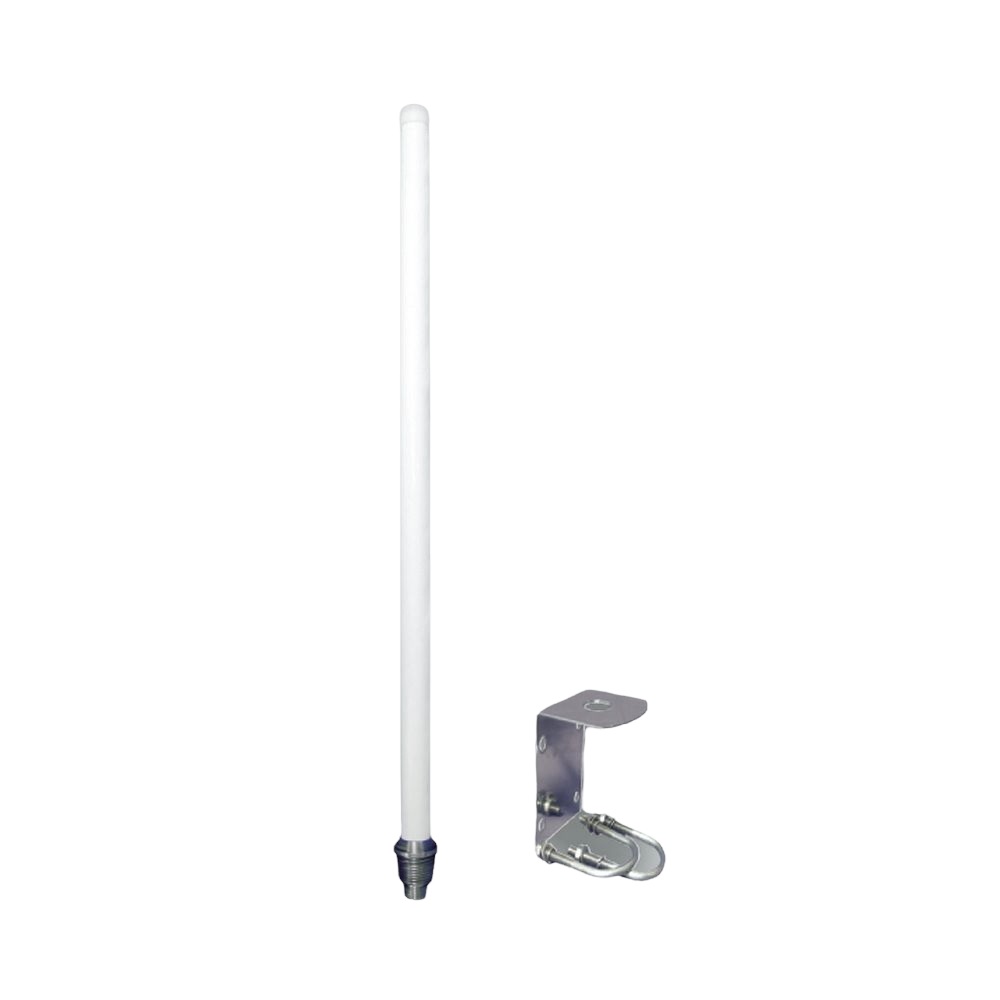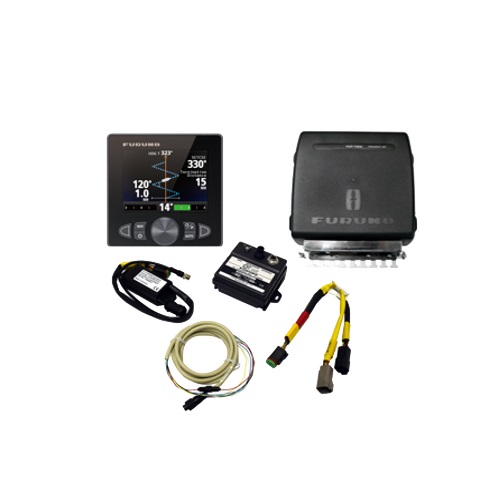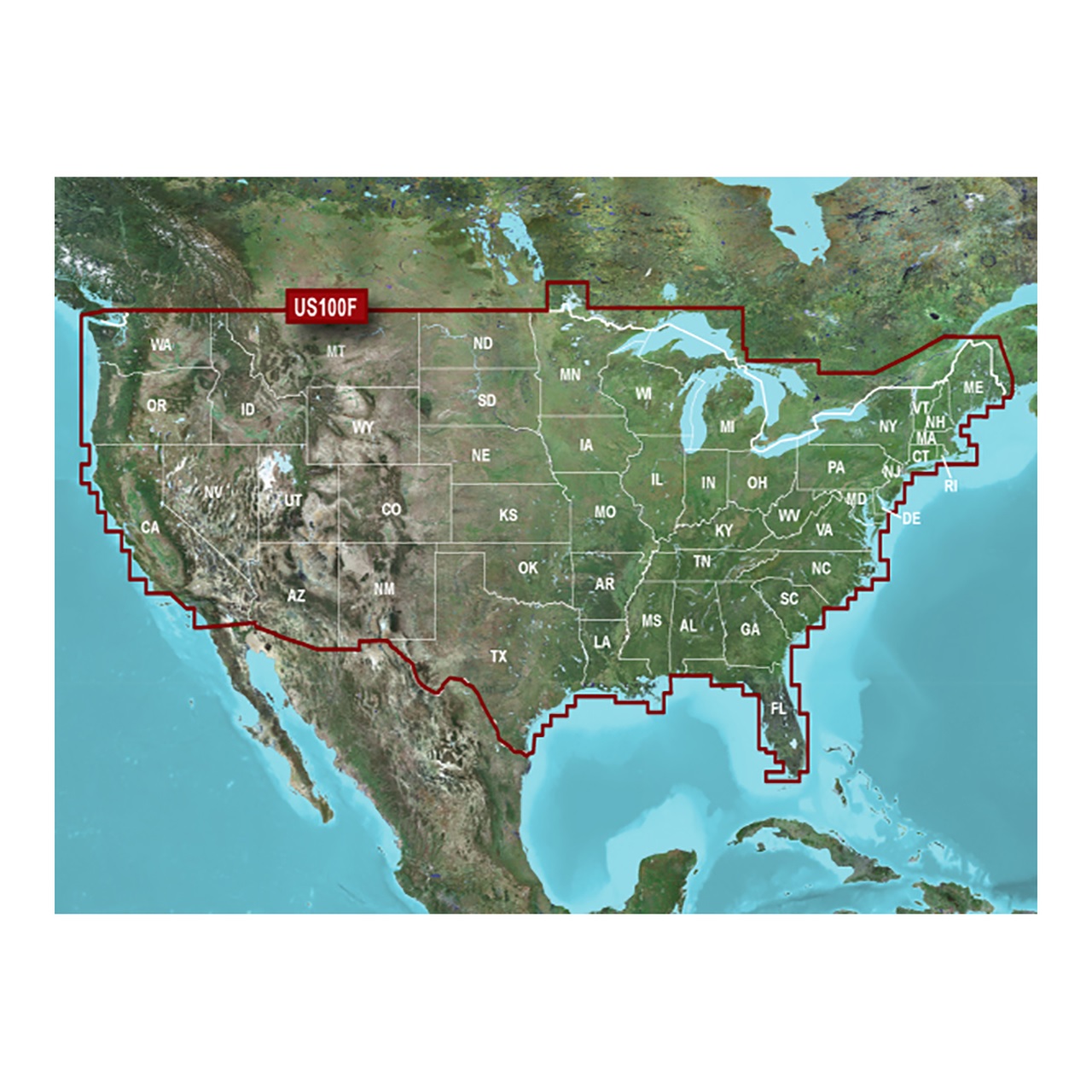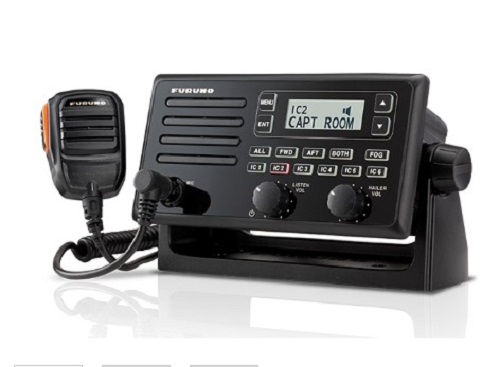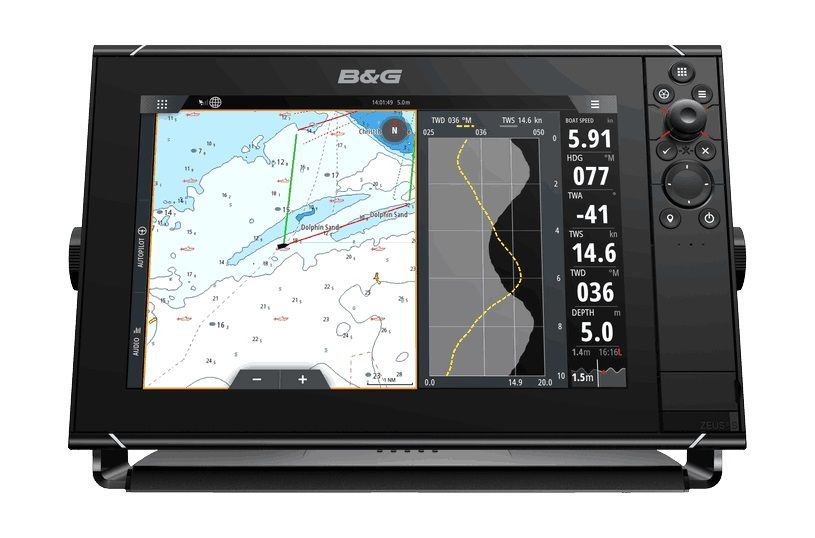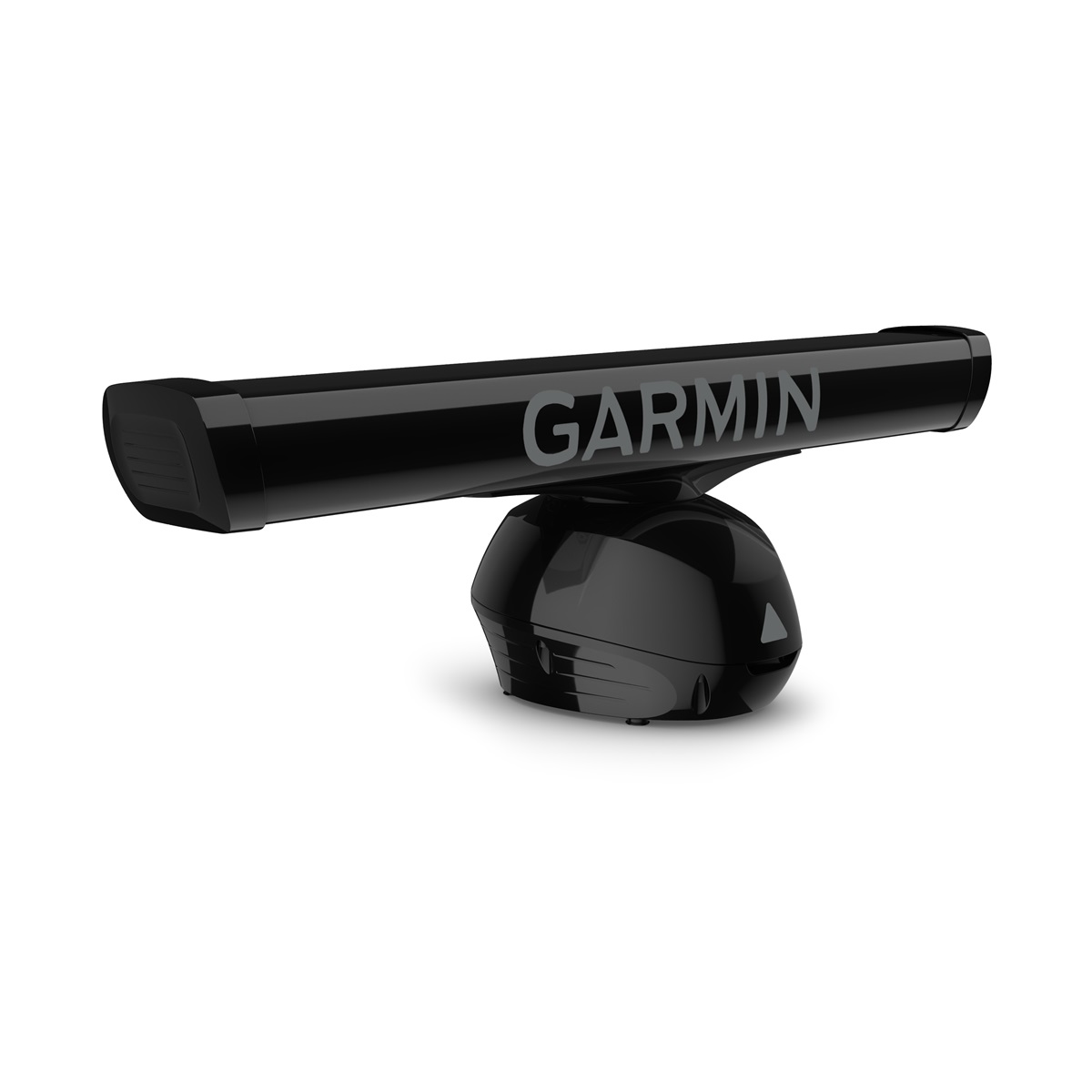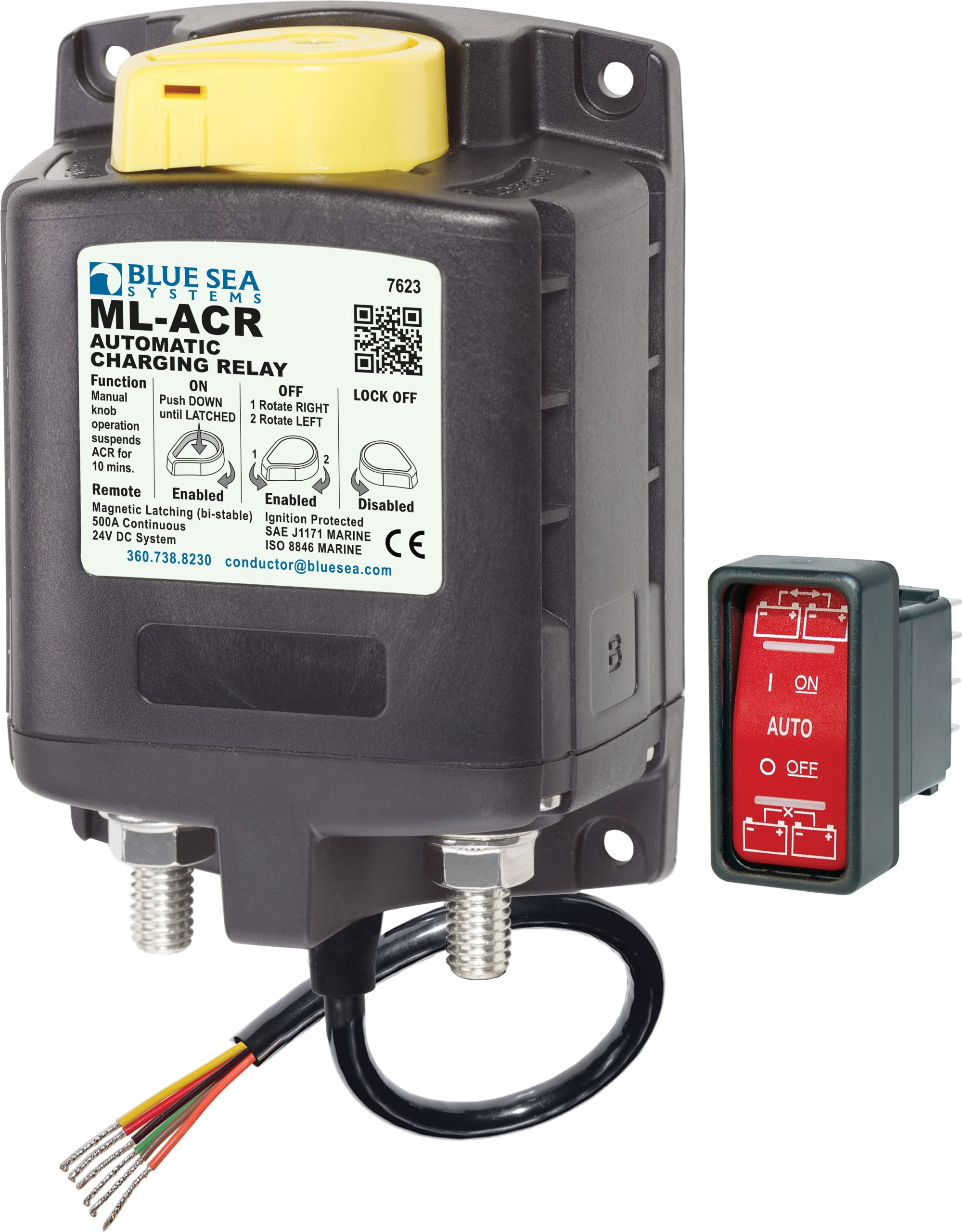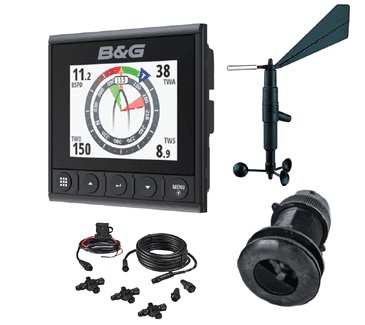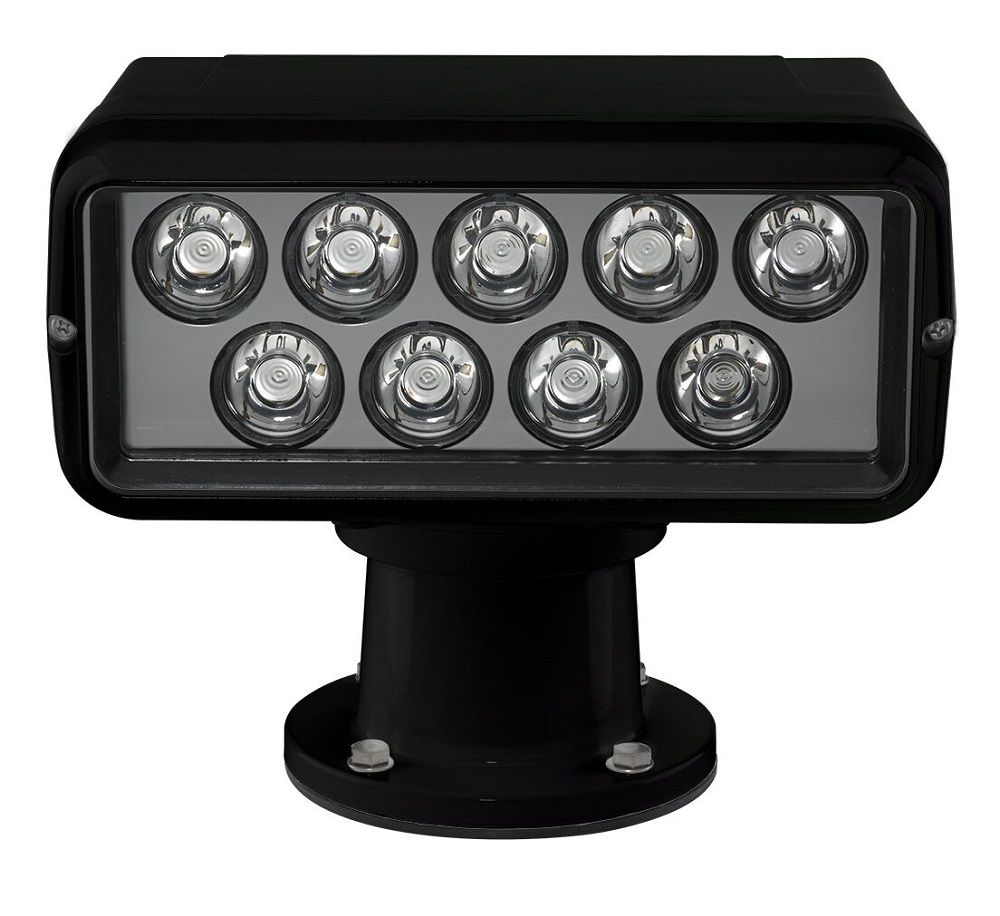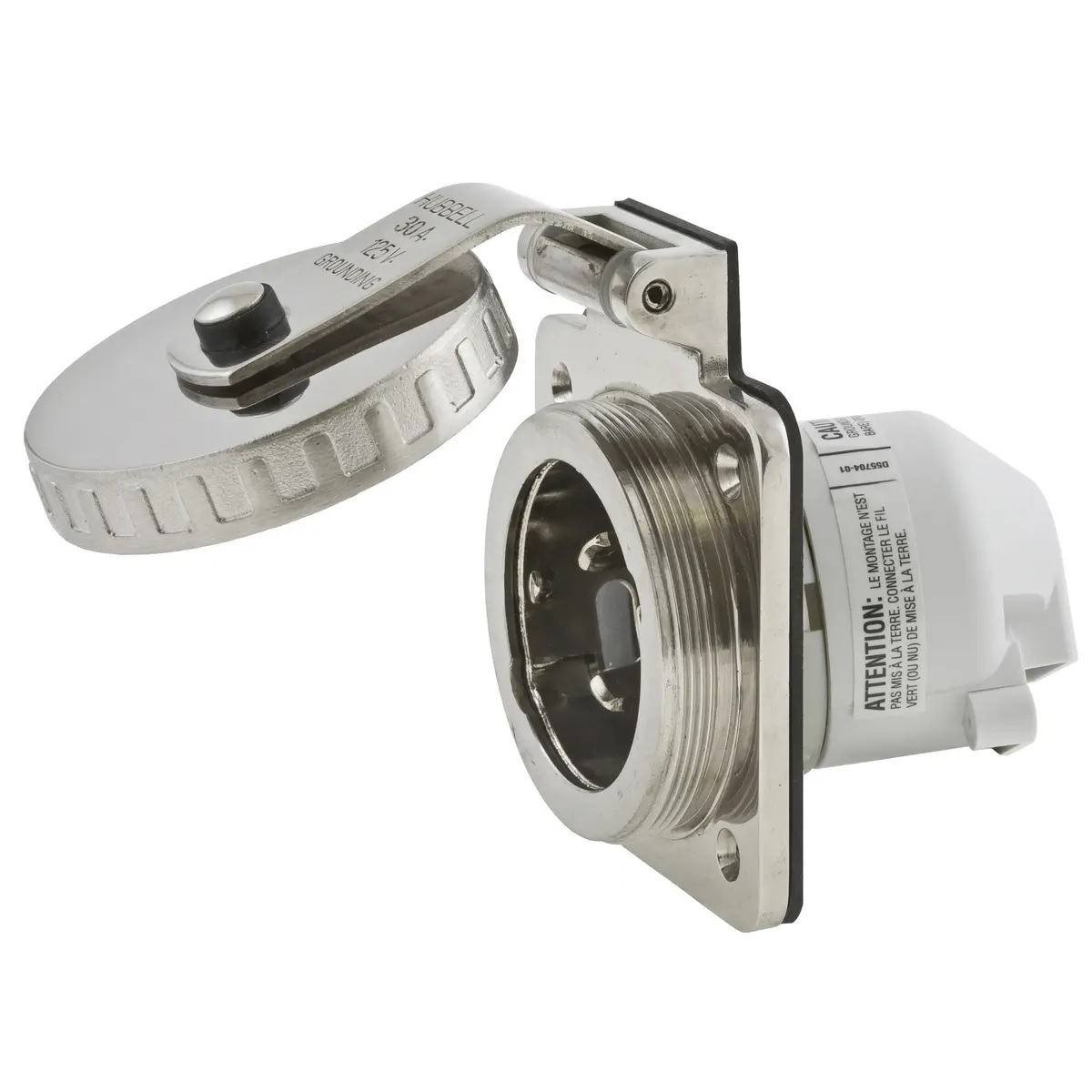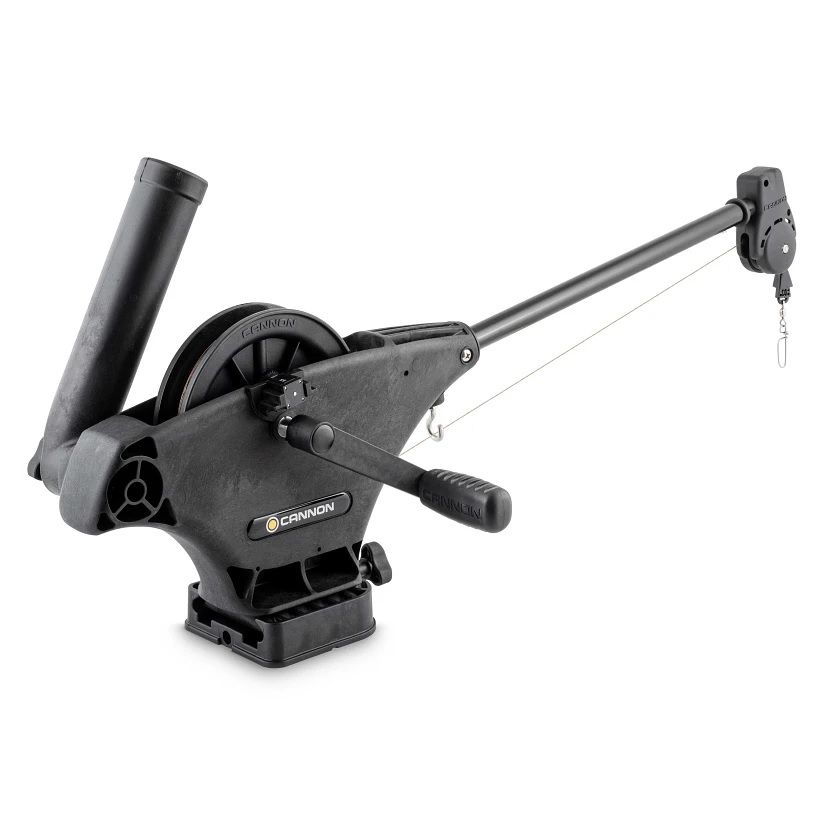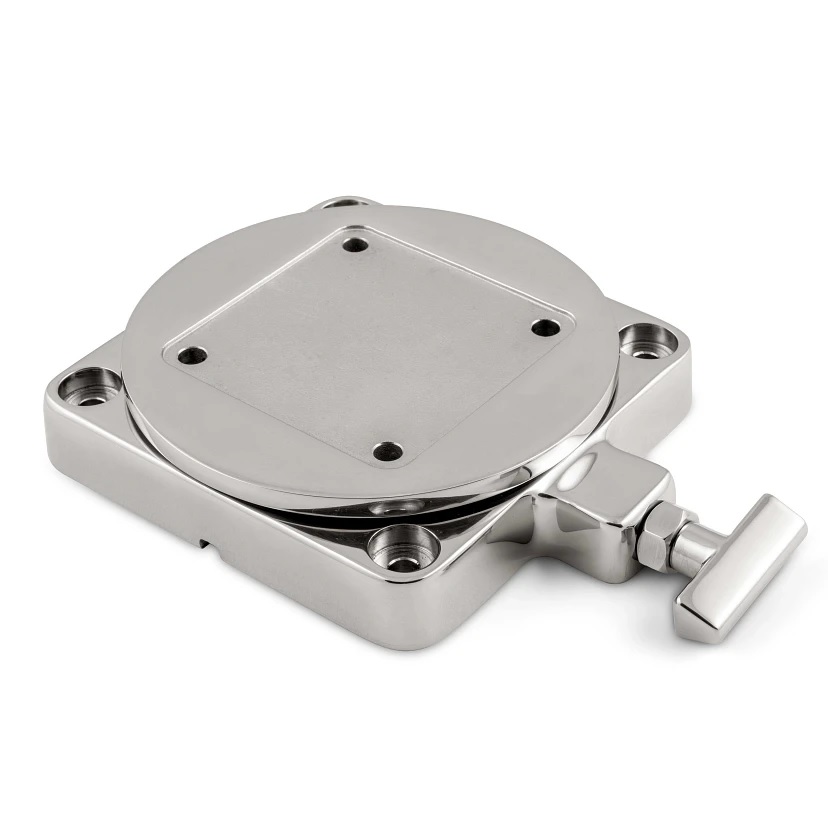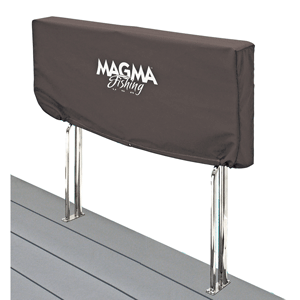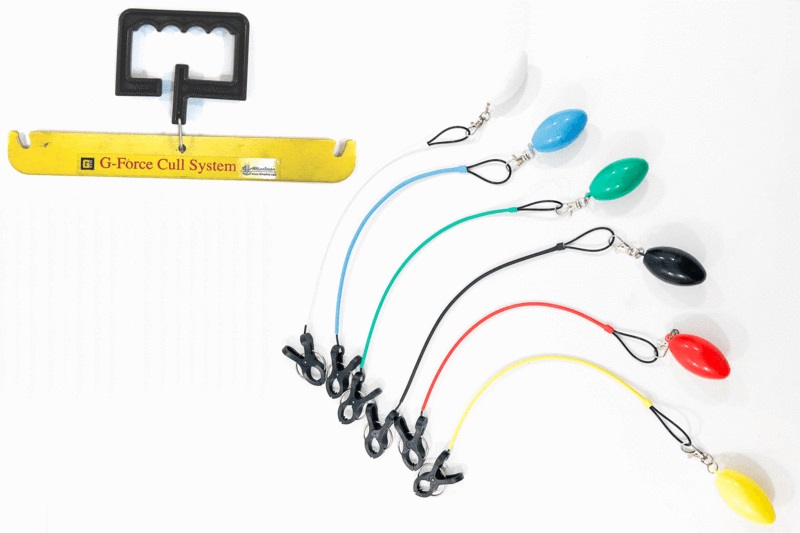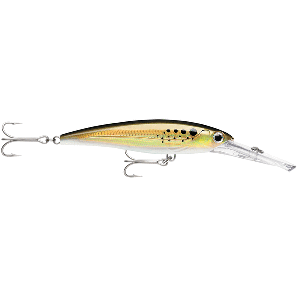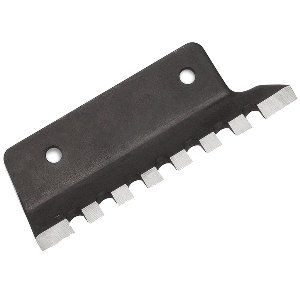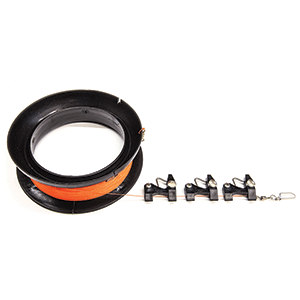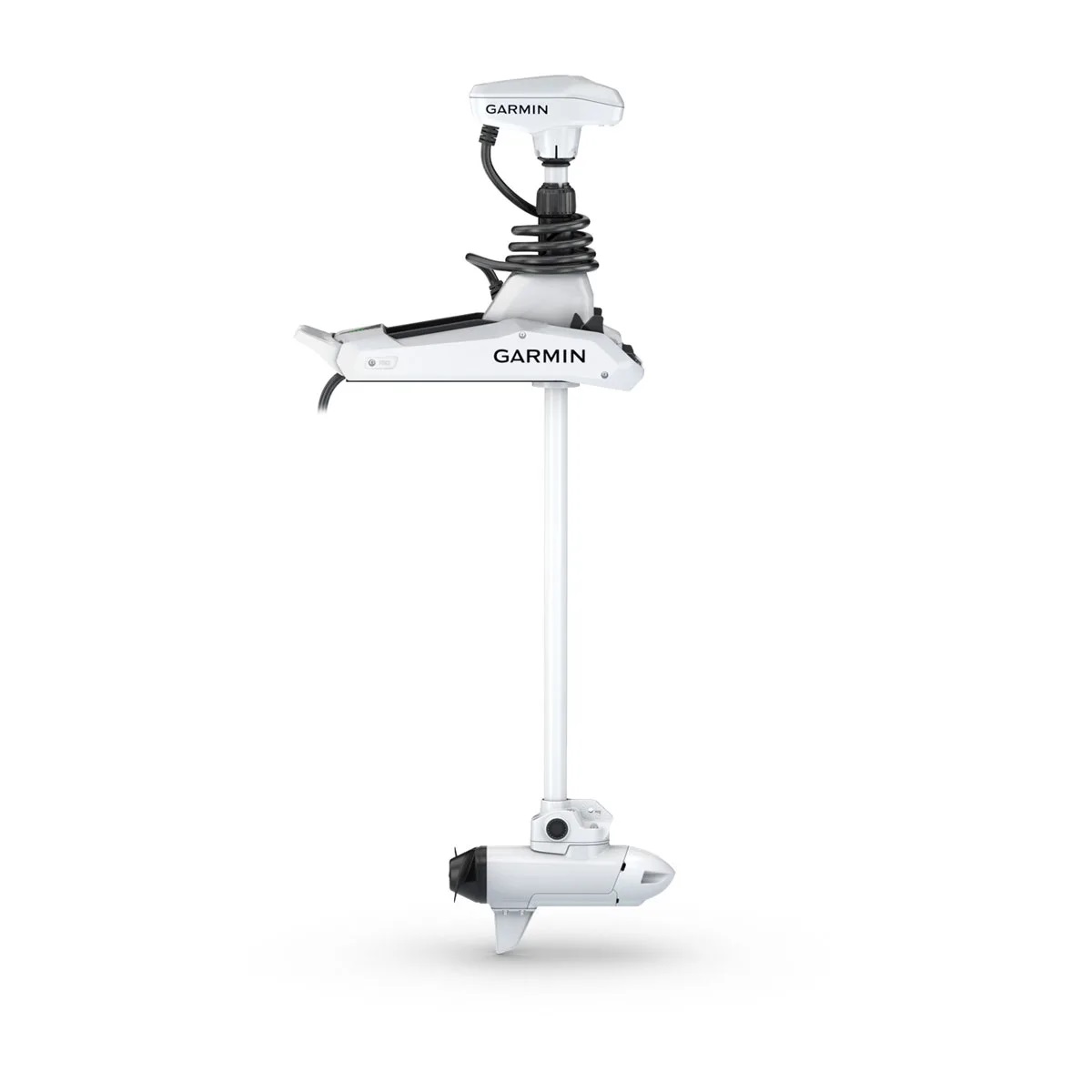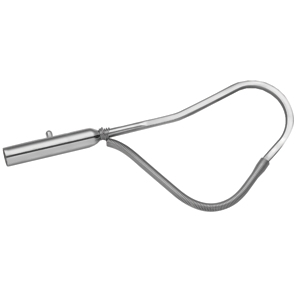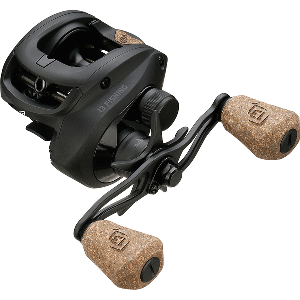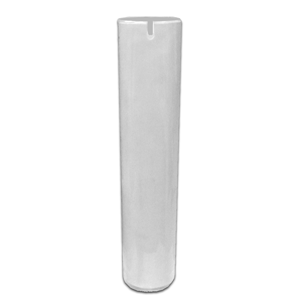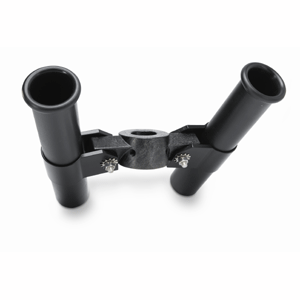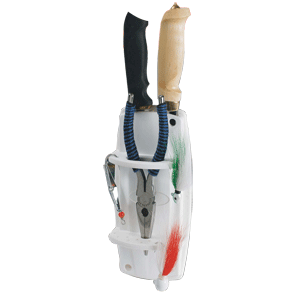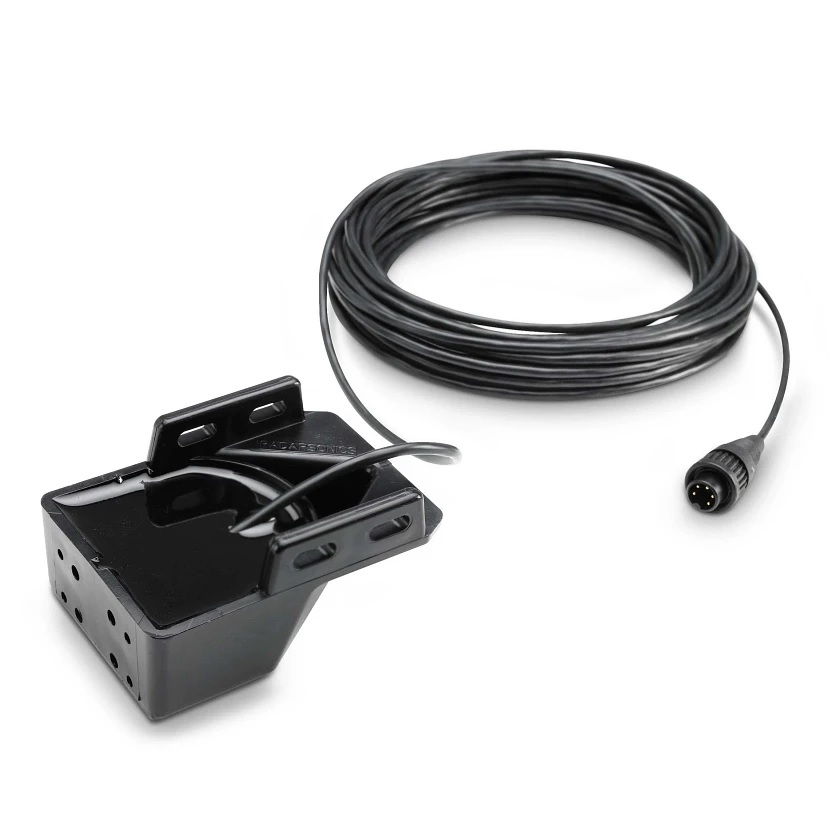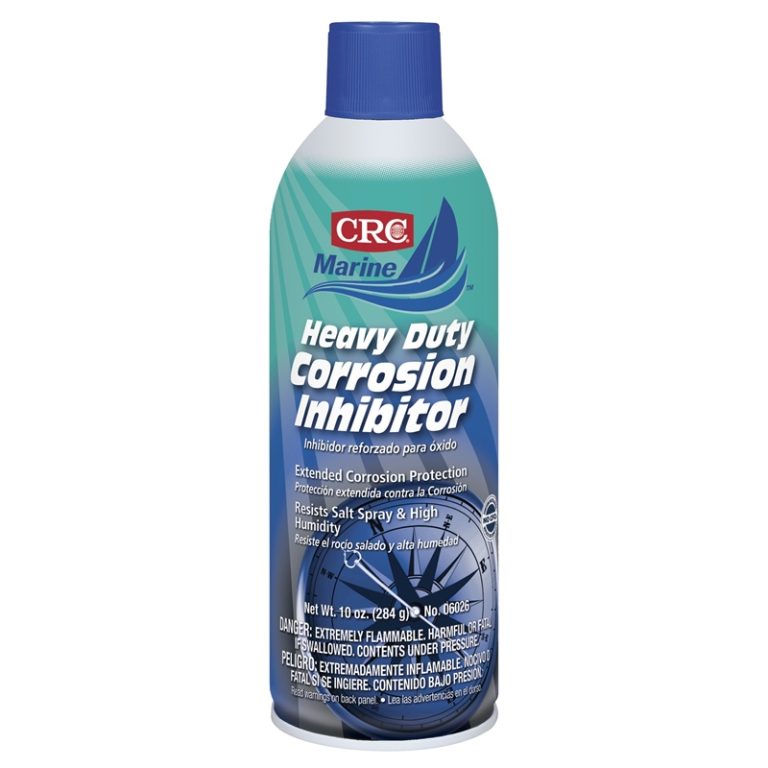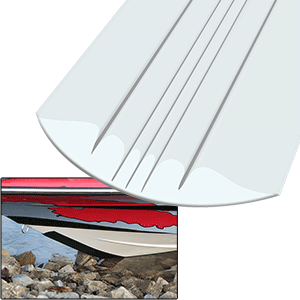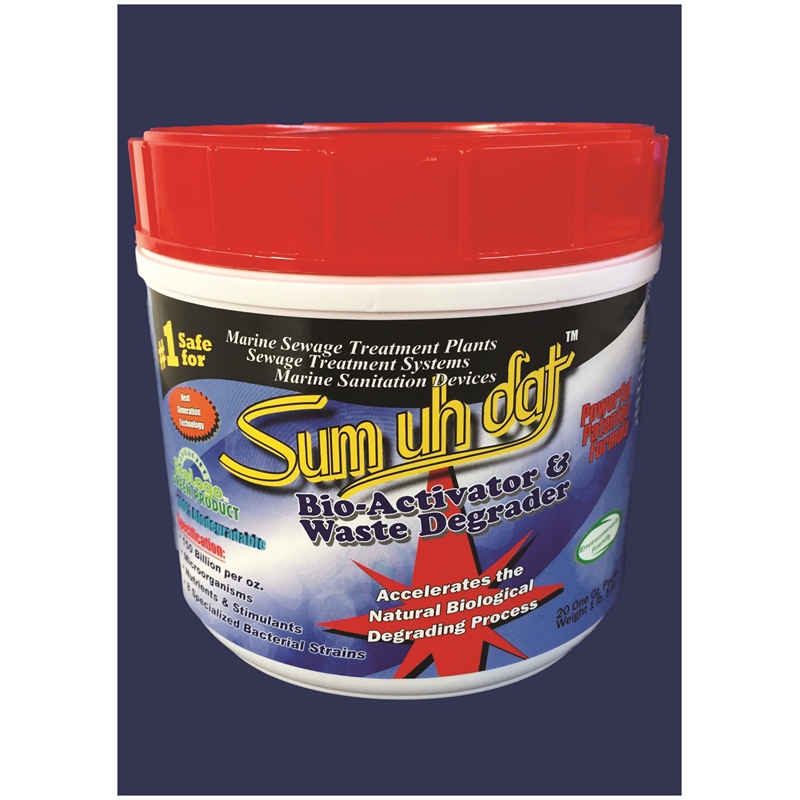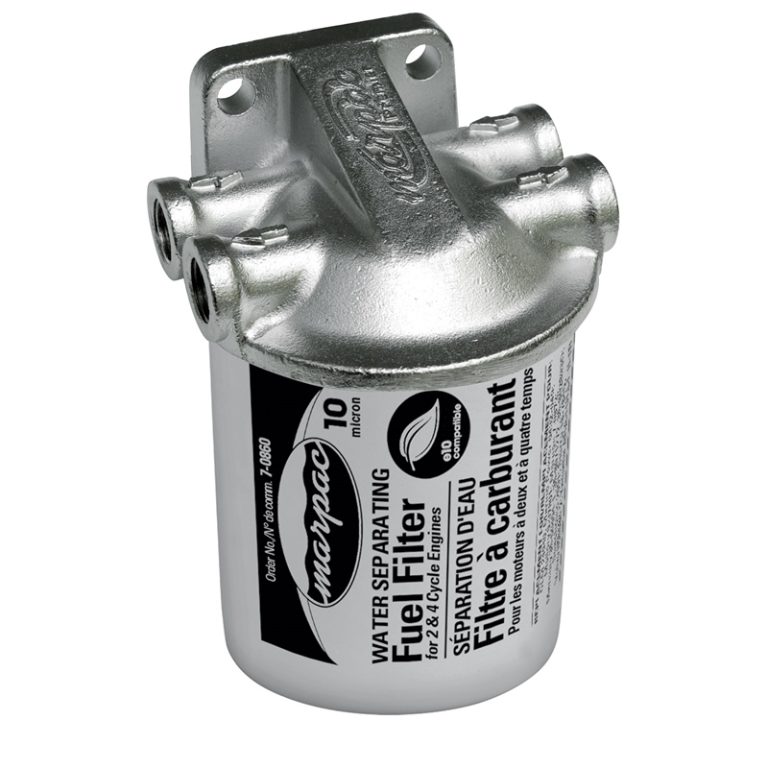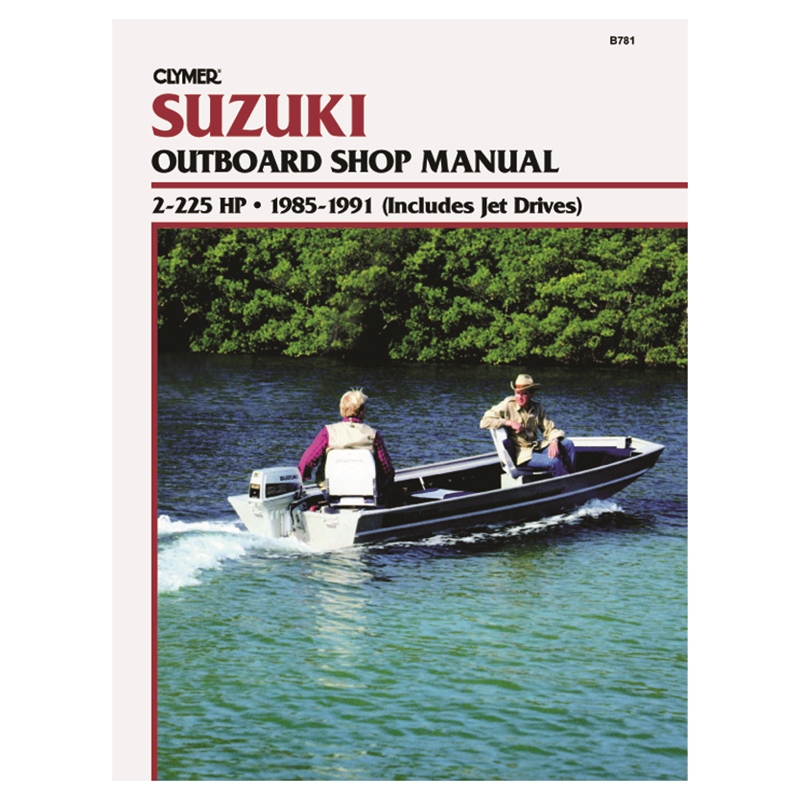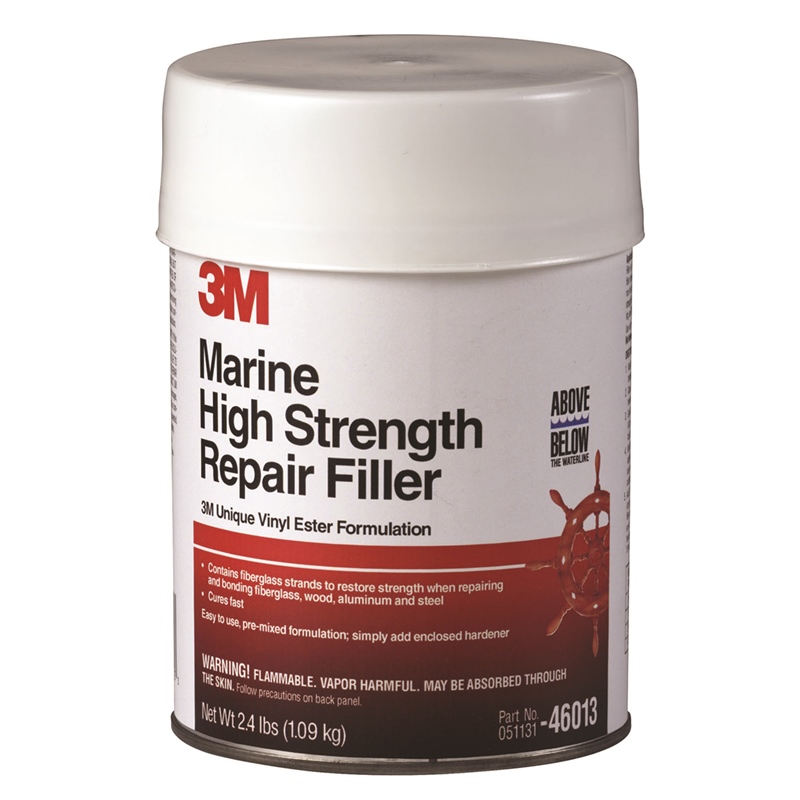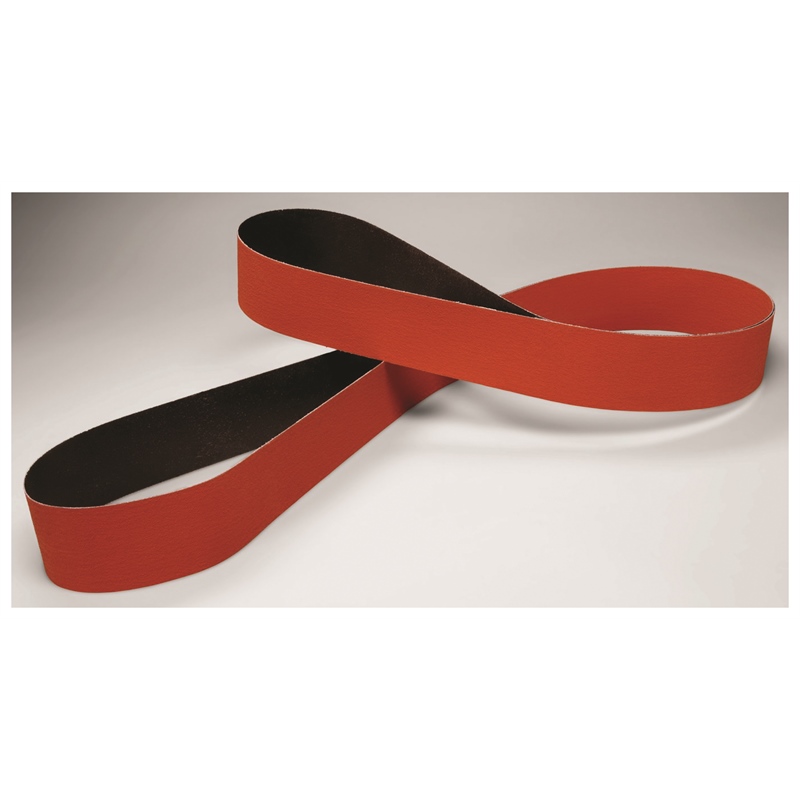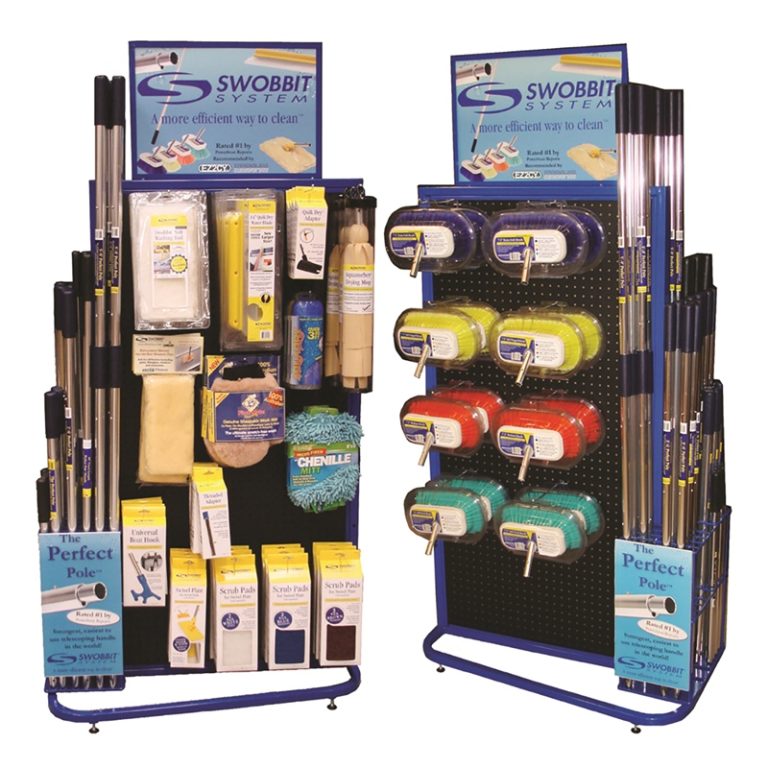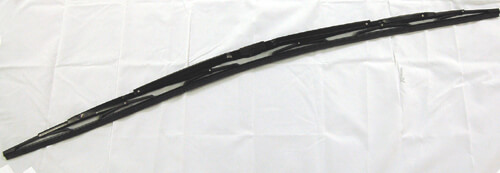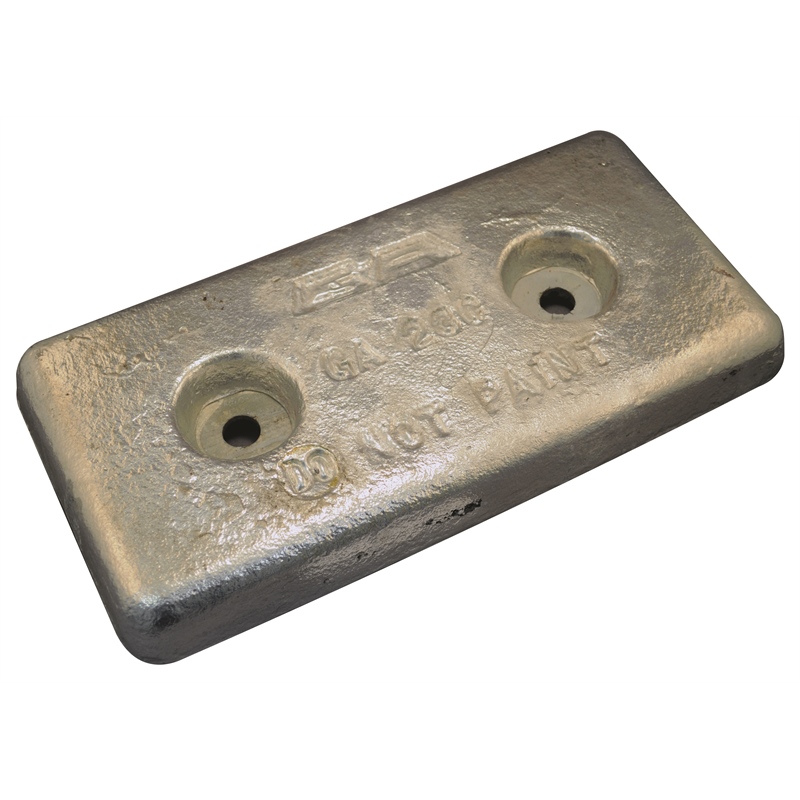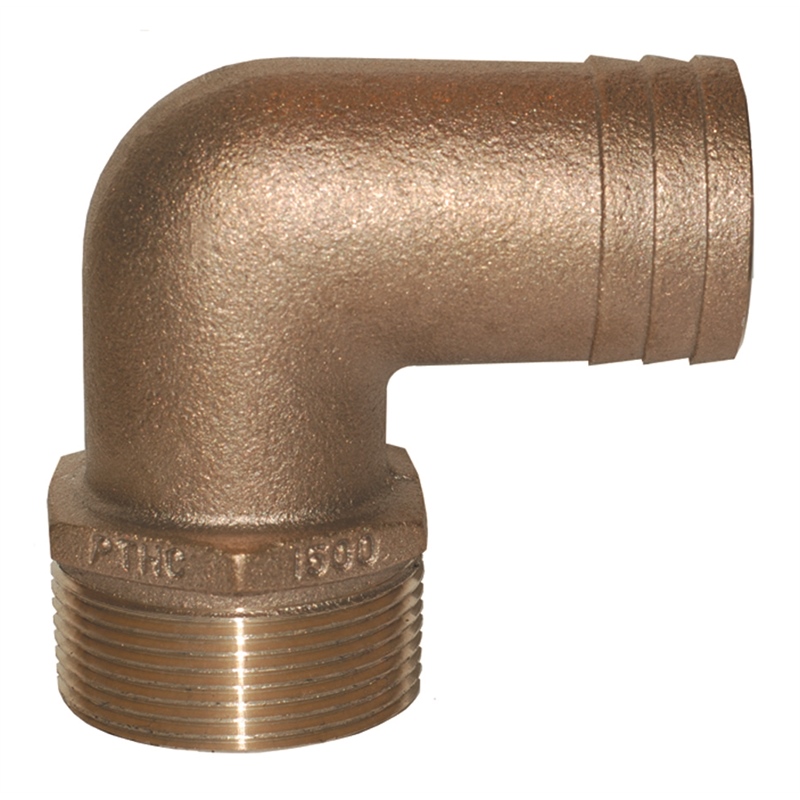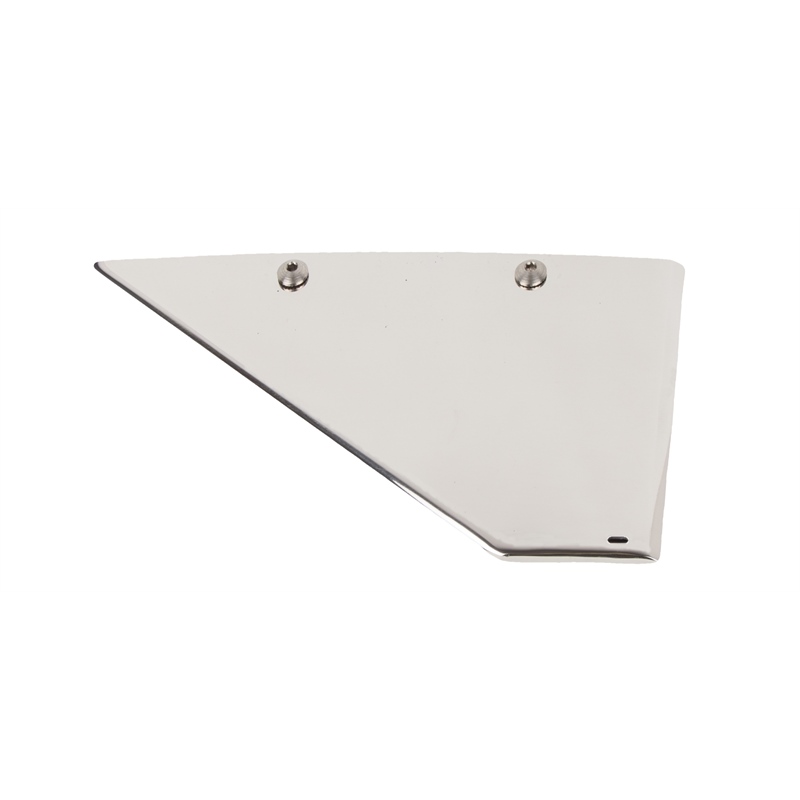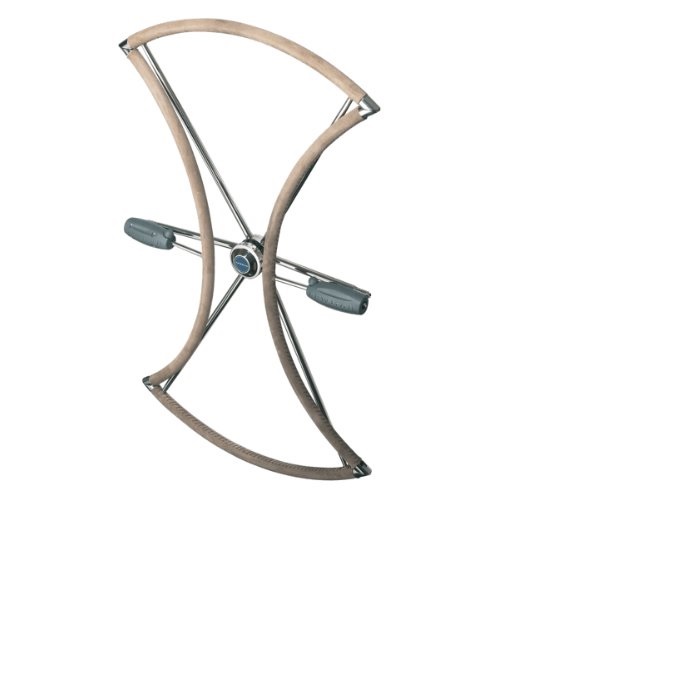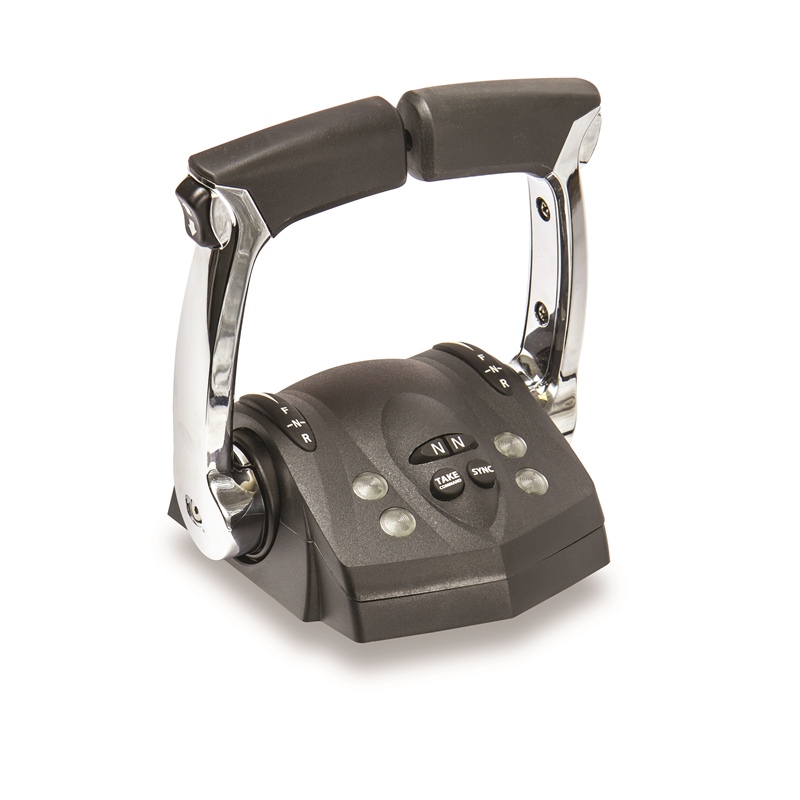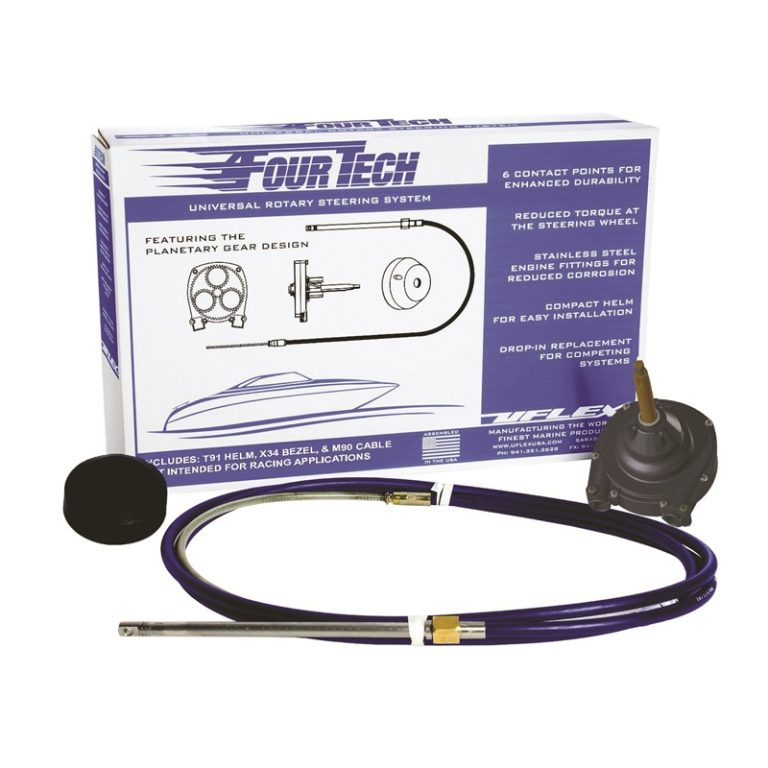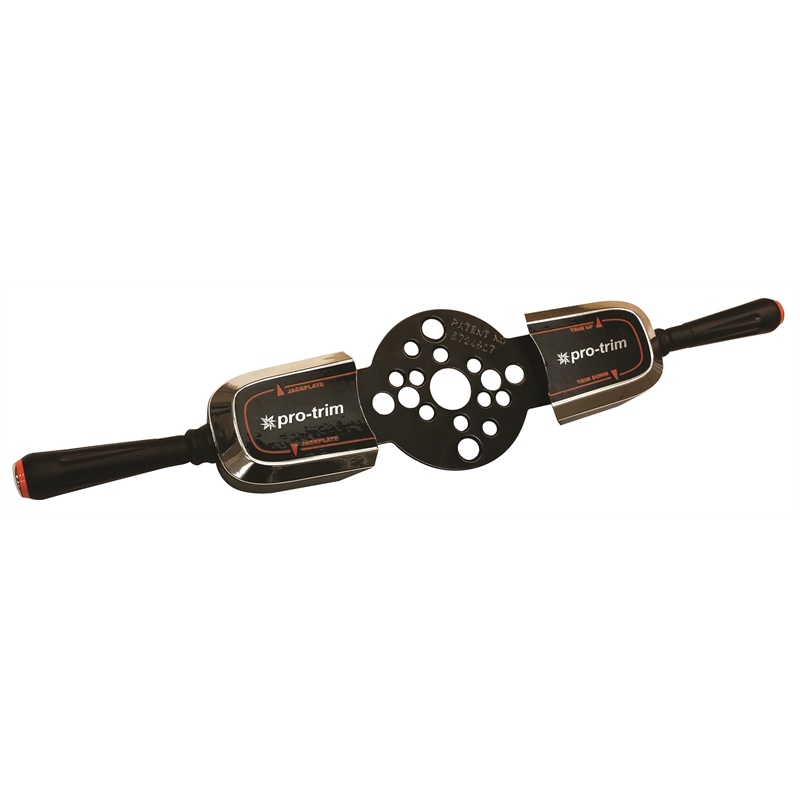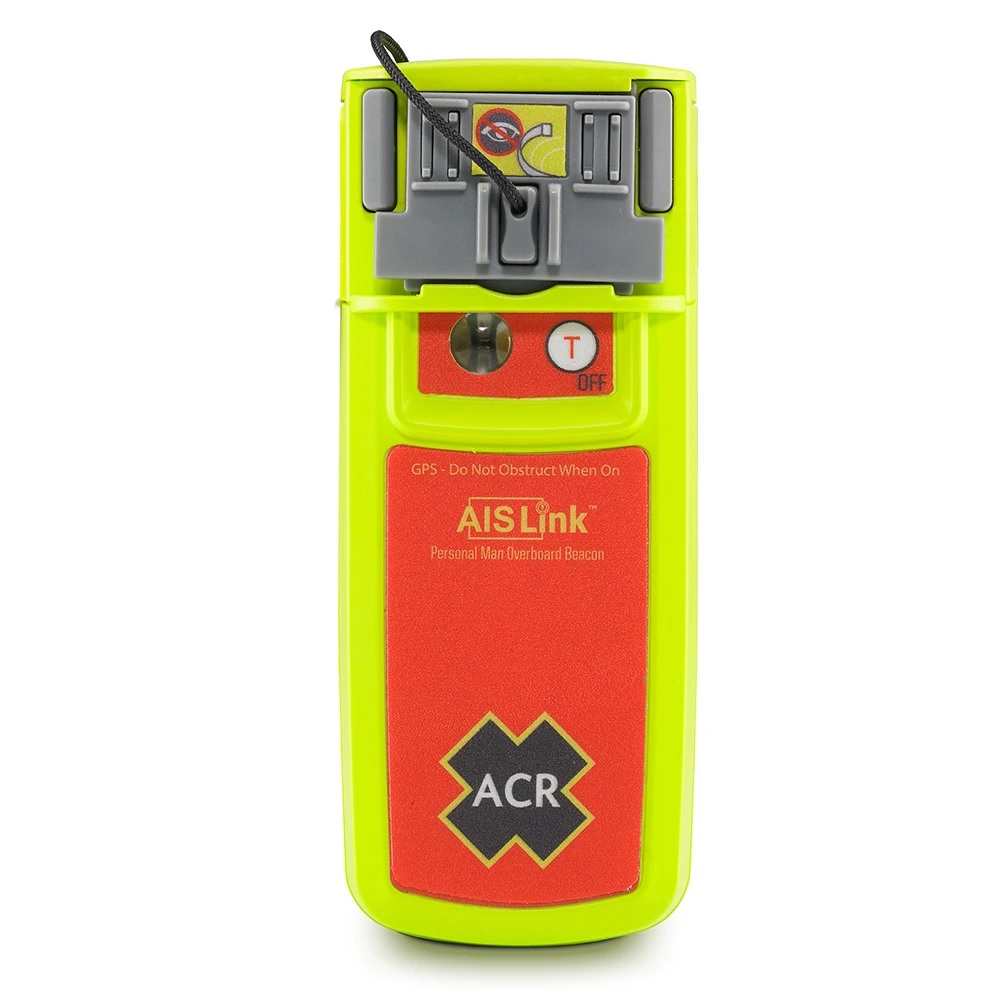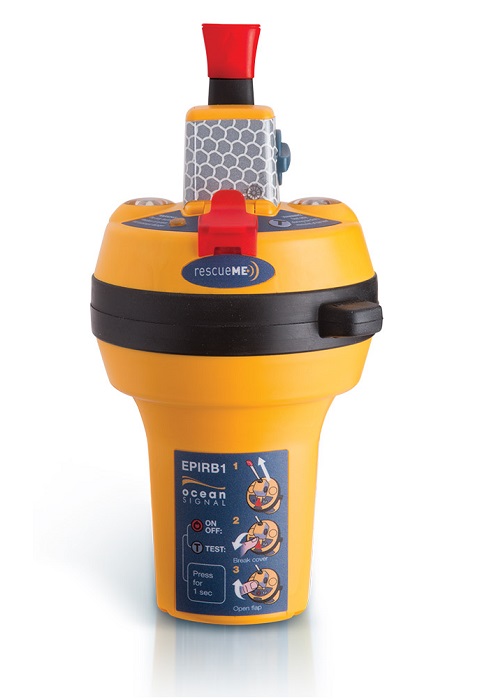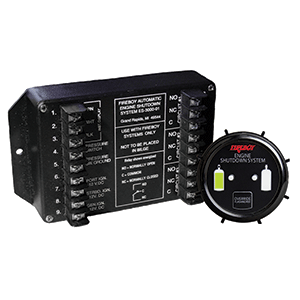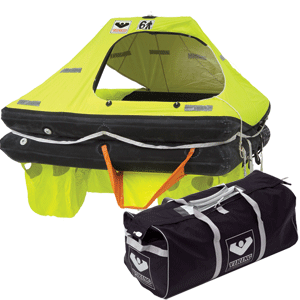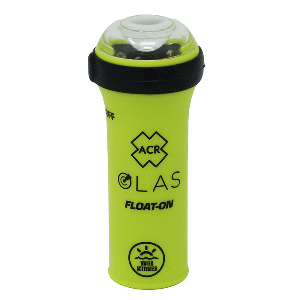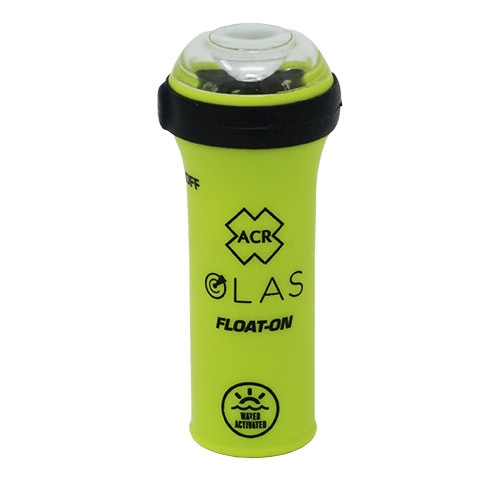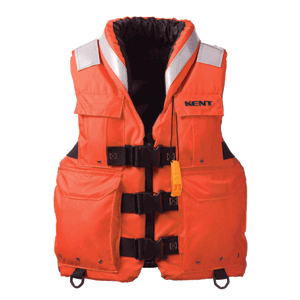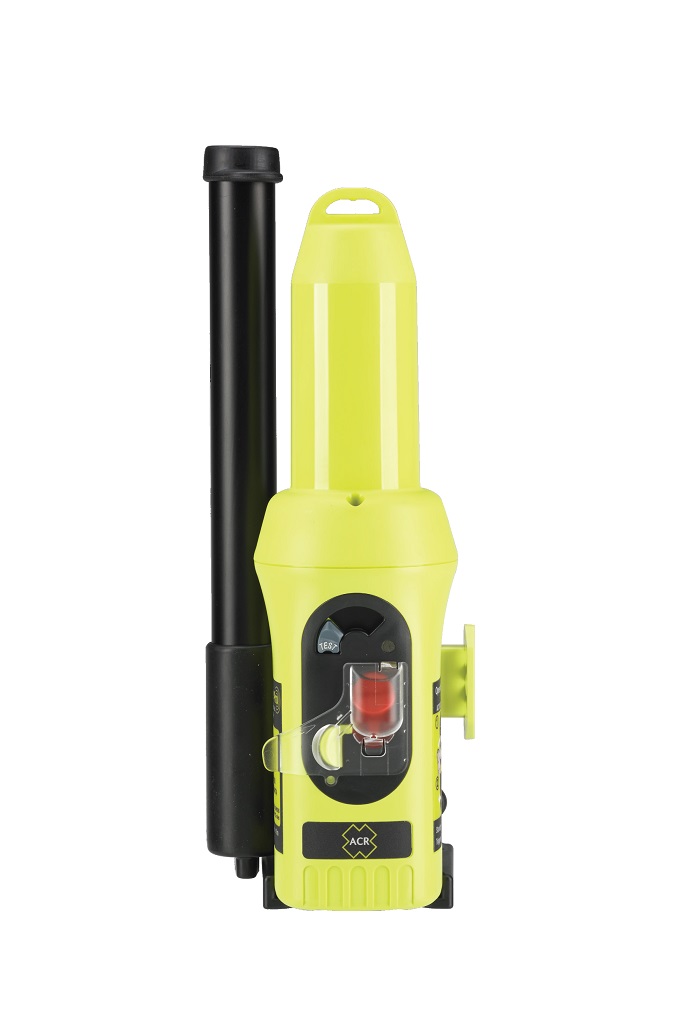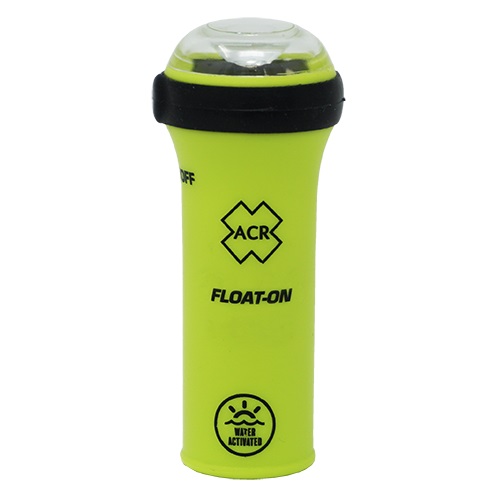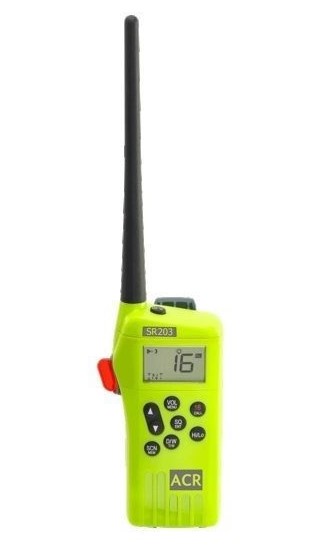Yamaha Lower Unit Compatibility Chart | 5 Reliable Steps to Choose the Right Replacement
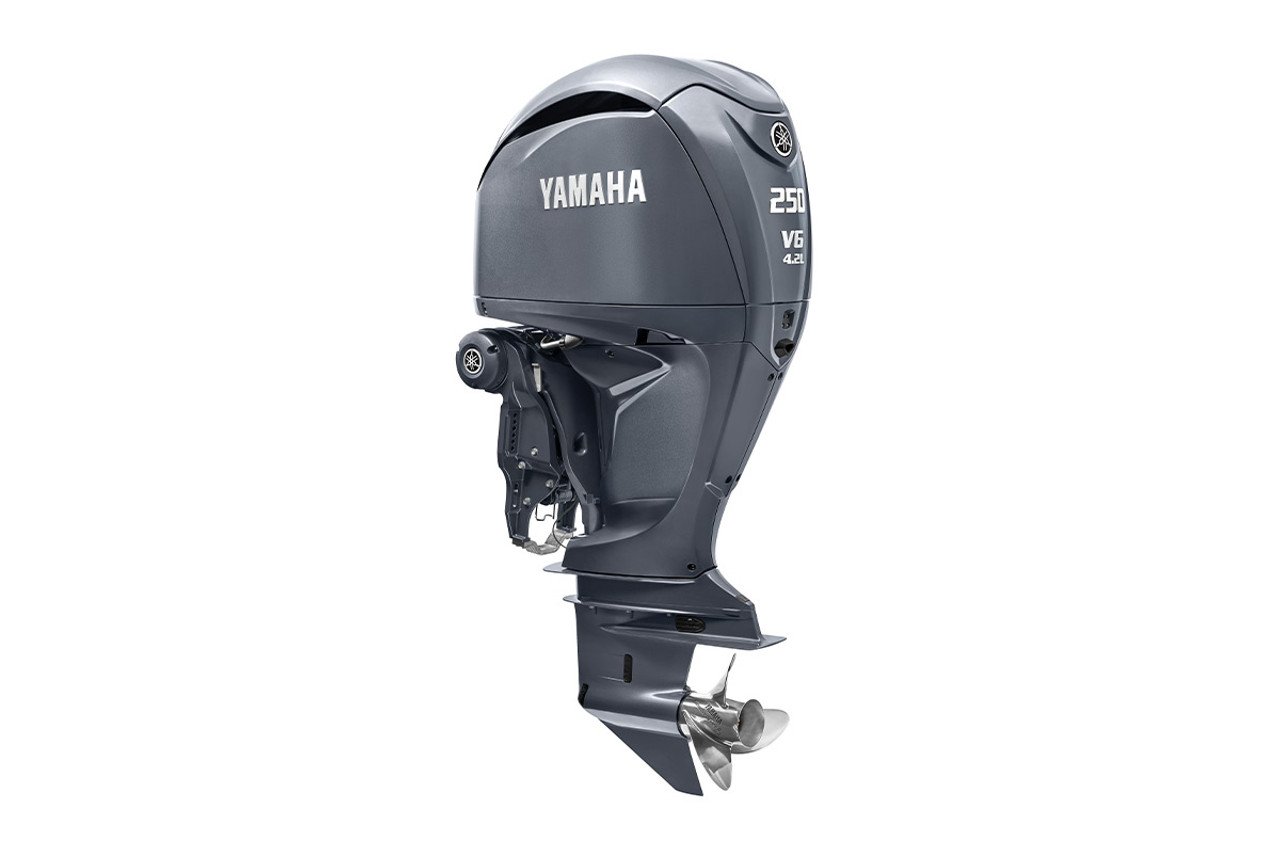
Understanding Yamaha Lower Units
Quick Tip: Yamaha lower unit compatibility depends on multiple factors including shaft length, gear ratio, rotation direction, and mounting specifications. Never assume compatibility based on visual inspection alone.
Yamaha Lower Unit Part Number System
Yamaha uses a structured part numbering system that provides valuable information about each component. Understanding this system is the first step to ensuring proper Yamaha lower unit compatibility.
👉 Upgrade Your Yamaha Outboard Today
Get the best-performing Yamaha lower units at unbeatable prices.
Shop Yamaha Lower Units Now
Part Number Structure
A typical Yamaha lower unit part number follows this pattern: 6FM-45300-10-8D
- Prefix (6FM): Identifies the engine family and series
- Core Number (45300): Standard identifier for complete lower unit assembly
- Suffix (10): Specific variant, revision, or finish
- Final Code (8D): Color, packaging, or regional specification
Common Yamaha Lower Unit Part Numbers
| Part Number | Compatible Models | Key Specifications |
|---|---|---|
| 6FM-45300-10-8D | F25, T25 | 25 HP 4-stroke, 15″ & 20″ shaft |
| 6CF-45300-A1-8D | LF300 | 300 HP, Left-hand rotation |
| 6BG-45300-10-8D | F30, F40 | 30-40 HP, 1.85:1 gear ratio |
| 63P-45300-05-8D | F150 | 150 HP, 20″ & 25″ shaft, 2.00:1 ratio |
| 68S-45300-32-8D | T50, T60 | 50-60 HP High Thrust, 2.31:1 ratio |
| 6AX-45300-24-8D | LF300, LF350 | 300/350 HP Left-hand rotation |
| 6P2-45300-12-8D | F200, F225, F250 | V6 models, 1.86:1 gear ratio |
Yamaha Lower Unit Compatibility Factors
Several critical factors determine Yamaha lower unit compatibility. Understanding these will help you avoid costly mismatches.
Shaft Length
The most obvious compatibility factor is shaft length, which must match your transom height:
- Short (15″): Standard for smaller boats
- Long (20″): Most common size
- Extra-Long (25″): For offshore and deep-V hulls
- Ultra-Long (30″): For commercial and heavy-duty applications
Warning: Installing a lower unit with incorrect shaft length will cause ventilation issues, reduced performance, and potential engine damage from improper water pump operation.
Gear Ratio
Gear ratio determines how engine RPM translates to propeller RPM. Common Yamaha ratios include:
- High Thrust Models: 2.31:1 or 2.42:1 (slower propeller speed, more torque)
- Standard Mid-Range: 1.85:1 to 2.00:1
- High-Performance: 1.73:1 to 1.86:1 (higher propeller speed)
Rotation Direction
Yamaha offers both standard (right-hand) and counter-rotation (left-hand) lower units:
- Standard Rotation: Most single-engine applications
- Counter-Rotation: For twin installations to balance steering torque
Expert Tip: Counter-rotation lower units typically have part numbers ending in “-06”, “-13”, or “-24” instead of their standard rotation counterparts ending in “-05”, “-12”, or “-23”.
Shaft Spline Count
The driveshaft and propeller shaft splines must match between the powerhead and lower unit. Common spline counts vary by horsepower:
- Small HP (under 40): 12-15 splines
- Mid-Range (50-150): 15-20 splines
- Large HP (200+): 20-25 splines
Mounting Pattern and Water Pickup
Bolt patterns, water intake locations, and bearing carrier designs must align between the mid-section and lower unit. Even small differences can prevent proper installation or cause cooling issues.
Ready to Boost Your Outboard’s Performance?
Explore premium Yamaha replacement lower units built for reliability.
Browse Yamaha Lower Units →
Yamaha Lower Unit Compatibility Chart
This comprehensive chart provides Yamaha lower unit compatibility information for popular 4-stroke models. Always verify with your specific serial number before purchasing.
| Engine Family | Year Range | Shaft Length | Gear Ratio | Standard Part # | Counter Part # |
|---|---|---|---|---|---|
| F25/F30/F40 | 2000-2021 | 15″, 20″ | 1.85:1 | 6BG-45300-10-8D | N/A |
| T25/T30 High Thrust | 2002-2021 | 20″, 25″ | 2.33:1 | 68V-45300-11-8D | N/A |
| F50/F60 | 2002-2021 | 20″, 25″ | 2.09:1 | 68S-45300-21-8D | 68S-45300-22-8D |
| T50/T60 High Thrust | 2002-2021 | 20″, 25″ | 2.31:1 | 68S-45300-32-8D | N/A |
| F75/F90/F100 | 2006-2021 | 20″, 25″ | 2.00:1 | 6CE-45300-10-8D | 6CE-45300-11-8D |
| F115 | 2003-2021 | 20″, 25″ | 2.15:1 | 69J-45300-10-8D | 69J-45300-11-8D |
| F150 | 2004-2021 | 20″, 25″ | 2.00:1 | 63P-45300-05-8D | 63P-45300-06-8D |
| F175/F200 | 2017-2021 | 25″, 30″ | 1.75:1 | 6P2-45300-22-8D | 6P2-45300-23-8D |
| F225/F250 | 2002-2021 | 25″, 30″ | 1.86:1 | 6P2-45300-12-8D | 6P2-45300-13-8D |
| LF250/LF300/LF350 | 2002-2021 | 30″ | 1.73:1 | 6CF-45300-06-8D | 6AX-45300-24-8D |
Note: This chart provides general compatibility guidance. Always verify with Yamaha’s official Electronic Parts Catalog (EPC) for your specific serial number, as mid-year production changes can affect compatibility.
How to Identify Your Yamaha Lower Unit
Proper identification is crucial for ensuring Yamaha lower unit compatibility. Follow these steps:
Step 1: Locate Engine Identification
Find the serial number and model code on the engine mounting bracket. This information is essential for accurate part identification.
Step 2: Measure Shaft Length
Measure from the mounting bracket’s top (where it rests on the transom) to the cavitation plate above the propeller.
Step 3: Check Existing Part Numbers
If replacing an existing lower unit, look for stamped numbers on the gearcase. Common locations include:
- Front of gearcase near the antiventilation plate
- Side of gearcase near the water intake
- Under the trim tab anode
Step 4: Verify Gear Ratio
To determine gear ratio without disassembly:
- Mark the flywheel and propeller shaft
- Rotate the flywheel exactly one full revolution
- Count how many times the propeller shaft rotates
- The ratio is 1:(propeller rotations)
Step 5: Consult Yamaha EPC
Use Yamaha’s Electronic Parts Catalog with your serial number to find the exact part number for your specific engine.
Common Yamaha Lower Unit Compatibility Scenarios
150-225 HP V6 Models
Many Yamaha 150-225 HP V6 outboards from the same era share similar lower unit castings, but compatibility depends on:
- Gear ratio variations (2.00:1 vs 1.86:1)
- Shift shaft configurations (mechanical vs digital)
- Water pickup designs (standard vs high-speed)
High-Thrust T Series
High-thrust models (T25, T50, T60) use specialized lower units with:
- Lower gear ratios for increased torque
- Larger diameter propeller shafts
- Different water pump configurations
These are generally not interchangeable with standard models.
Counter-Rotation Units
Counter-rotation lower units (LF150, LF250, LF300, LF350) feature mirrored internal gearing but often share:
- Same housing castings
- Identical mounting patterns
- Similar water pump assemblies
Pro Tip: When purchasing a used lower unit, always request the donor engine’s serial number to verify compatibility. This provides the most accurate cross-reference information. Contact us for better compatibility check if you are unsure .
Need a Direct-Fit Lower Unit for Your Yamaha?
Fast shipping • 3-year warranty • Fully assembled units
Check Available Yamaha Lower Units
FAQs: Yamaha Lower Unit Compatibility
Can I use a lower unit from a 1990s Yamaha 150 HP on a 225 HP of the same era?
Often, yes – provided the shaft length, spline count, and gear ratios match. Many 150-225 HP units from the same vintage share the same gearcase casting. However, you must verify through Yamaha’s official schematics as internal components like gears and bearings may have different specifications despite similar external appearances.
2. Are high thrust (T series) and standard models interchangeable?
No, high thrust models (T25, T50, T60) use specialized gear ratios and propeller shafts designed for heavier loads and low-speed maneuvering. The gear ratios are significantly lower (numerically higher) to provide more torque, and the propeller shafts are larger in diameter to handle the increased stress. Attempting to interchange these will result in poor performance and potential damage.
3.Does shaft length affect Yamaha lower unit compatibility?
Absolutely. Mixing shaft lengths requires changing the driveshaft and shift shaft, which is not practical for most repairs. Using an incorrect shaft length will cause ventilation issues, reduce performance, and potential engine damage from improper water pump operation. The water pump must be positioned correctly relative to the water level for adequate cooling.
4.What is the difference between standard and counter-rotating units?
Counter-rotating (left-hand) lower units are used in twin/triple outboard installations to balance steering and reduce prop torque. They feature mirrored internal gearing (forward gear becomes reverse and vice versa) and are not interchangeable with standard units. The propeller rotation is opposite, which helps counteract the natural steering torque in multi-engine setups.
5.Can I use aftermarket or remanufactured lower units?
Yes, but ensure they are certified for your specific Yamaha model. Quality varies widely among aftermarket suppliers, and improper fits can lead to catastrophic failure. Look for reputable manufacturers that provide detailed compatibility information and warranties. Remanufactured OEM units often provide the best balance of cost and reliability.
6.Where do I find my exact Yamaha lower unit part number?
Reference your outboard’s serial/model tag and consult Yamaha’s official Electronic Parts Catalog (EPC) or dealer-partner schematics. The EPC provides visual breakdowns and exact part references for your specific engine based on its serial number. Many authorized Yamaha dealers provide online access to these schematics.
7.Are all Yamaha 4-stroke and 2-stroke lower units interchangeable?
No – while some share physical size, their gearing, water pickup placement, and sensor provisions differ significantly. Additionally, 2-stroke and 4-stroke engines have different power delivery characteristics that are matched to specific gear ratios. Even when physical attachment seems possible, internal components are typically not compatible between the two engine types.
8.How do I decode my Yamaha year model?
Use the year code letter found on your serial/ID plate and match it to Yamaha’s published year chart. Be aware that codes repeat approximately every 20 years, so you’ll need to know the approximate age of your engine or check other identifying features to determine the correct decade. Current models use a combination of letters and numbers in the model code to indicate model year.
Read More:
Yamaha Outboard Motor Lower Unit — Anatomy, Purpose, and Common Issues
Yamaha Lower Unit Upgrades: Performance Mods Worth Considering
👉 Upgrade Your Yamaha Outboard Today
Get the best-performing Yamaha lower units at unbeatable prices.
Have any questions? Our experts are available anytime — just text us in the chatbot below.
